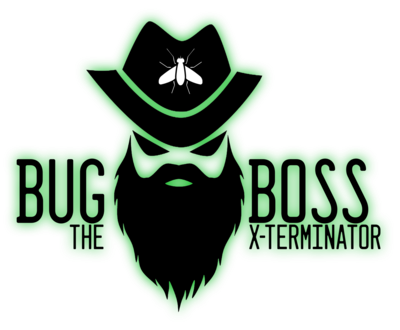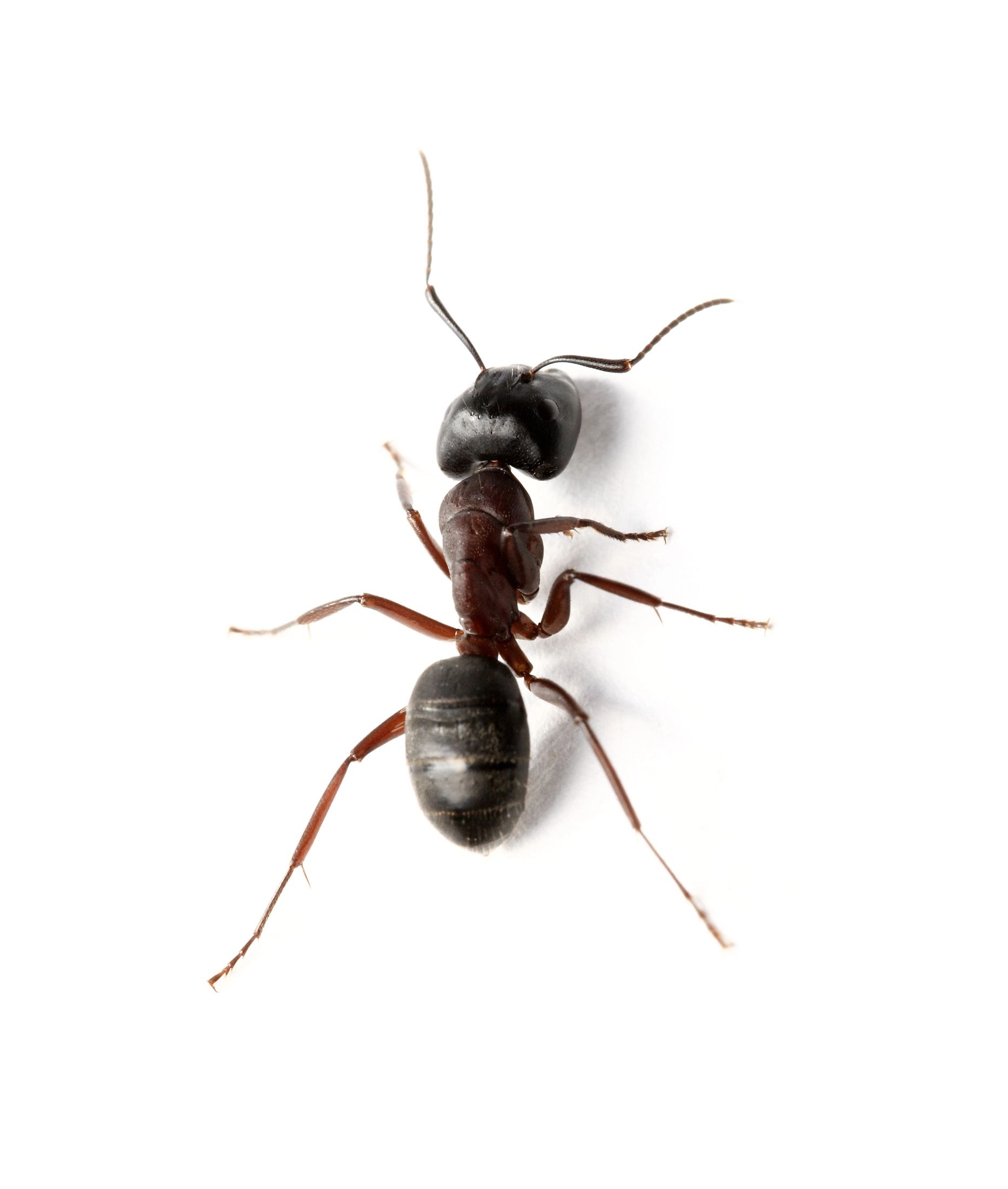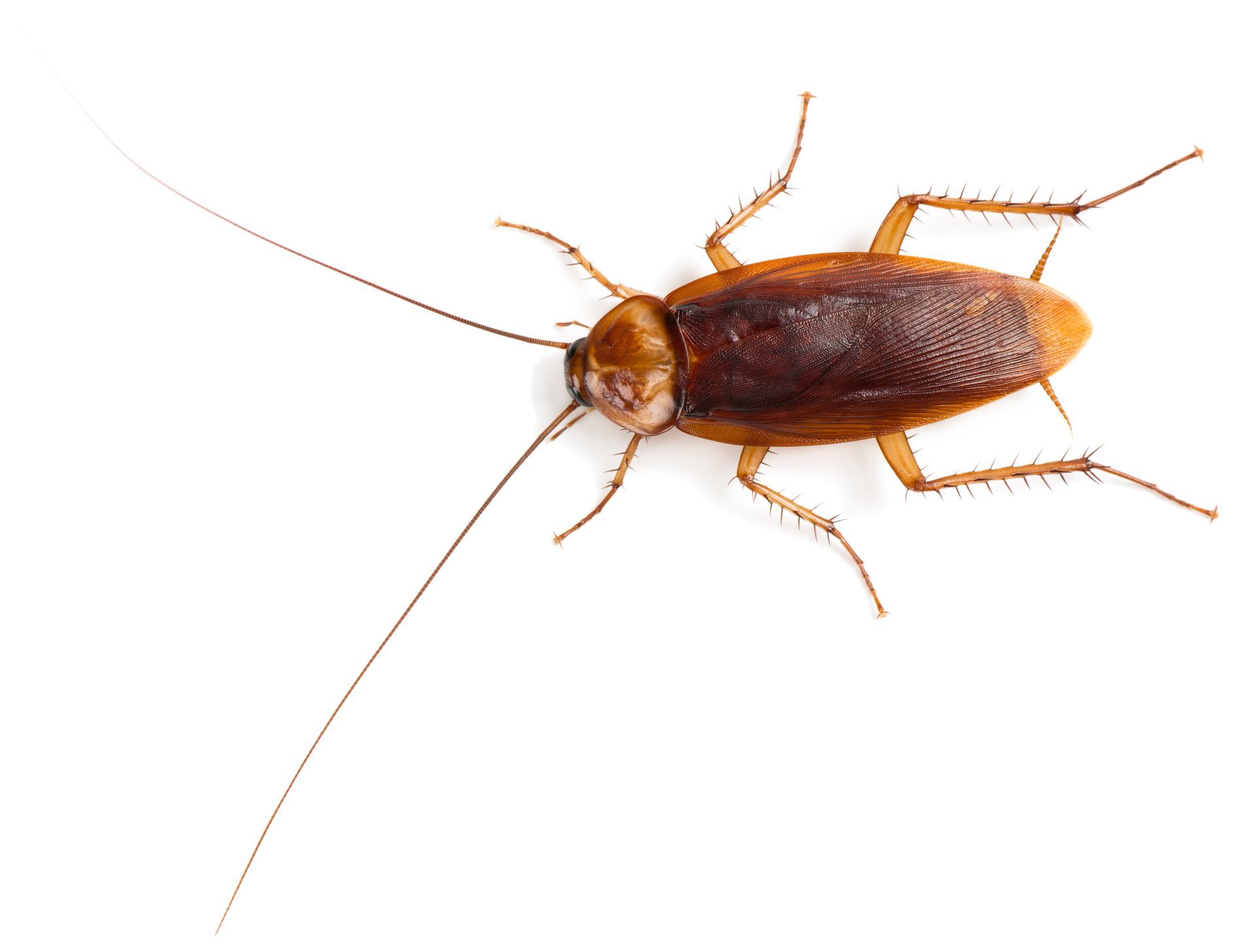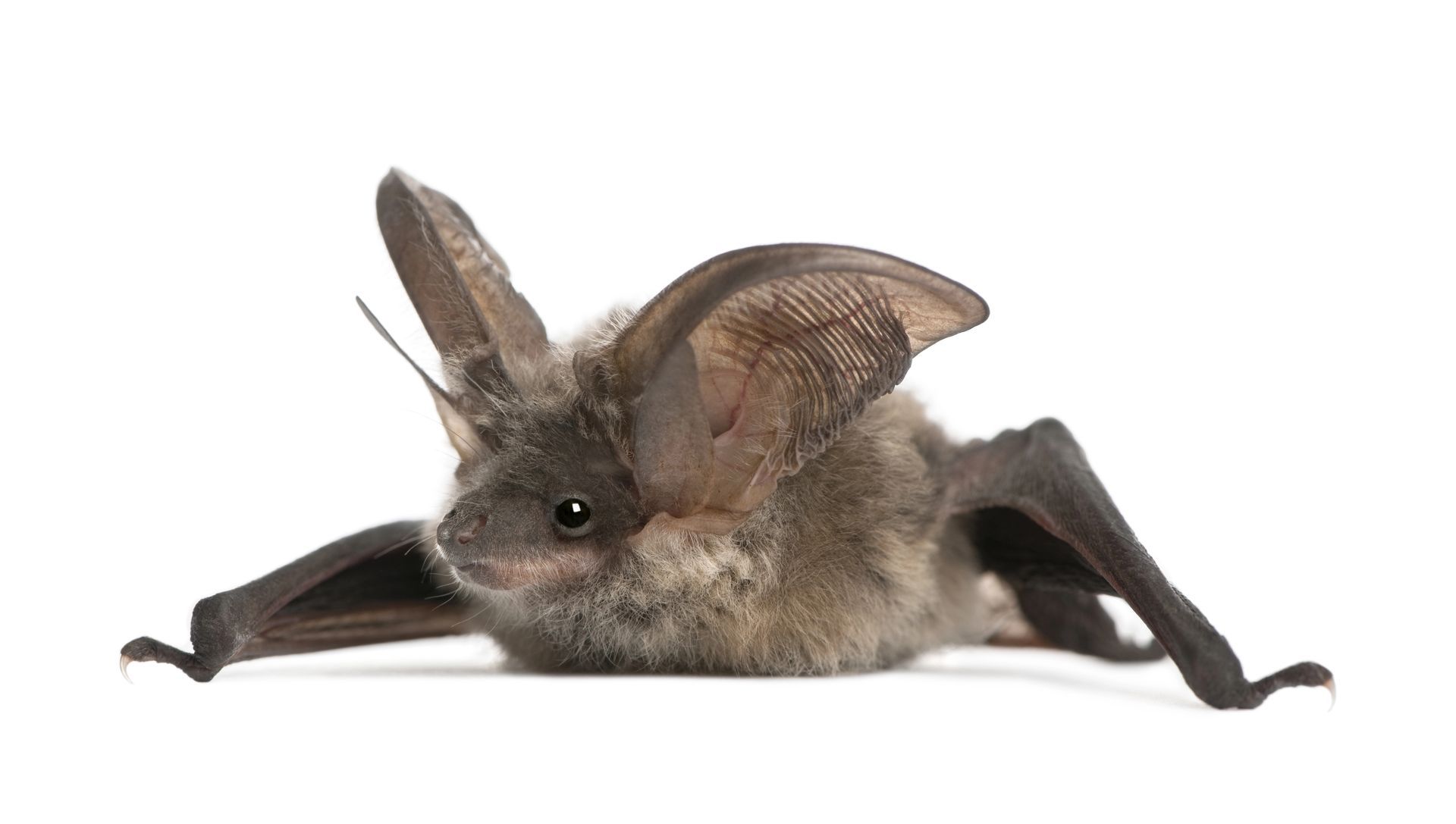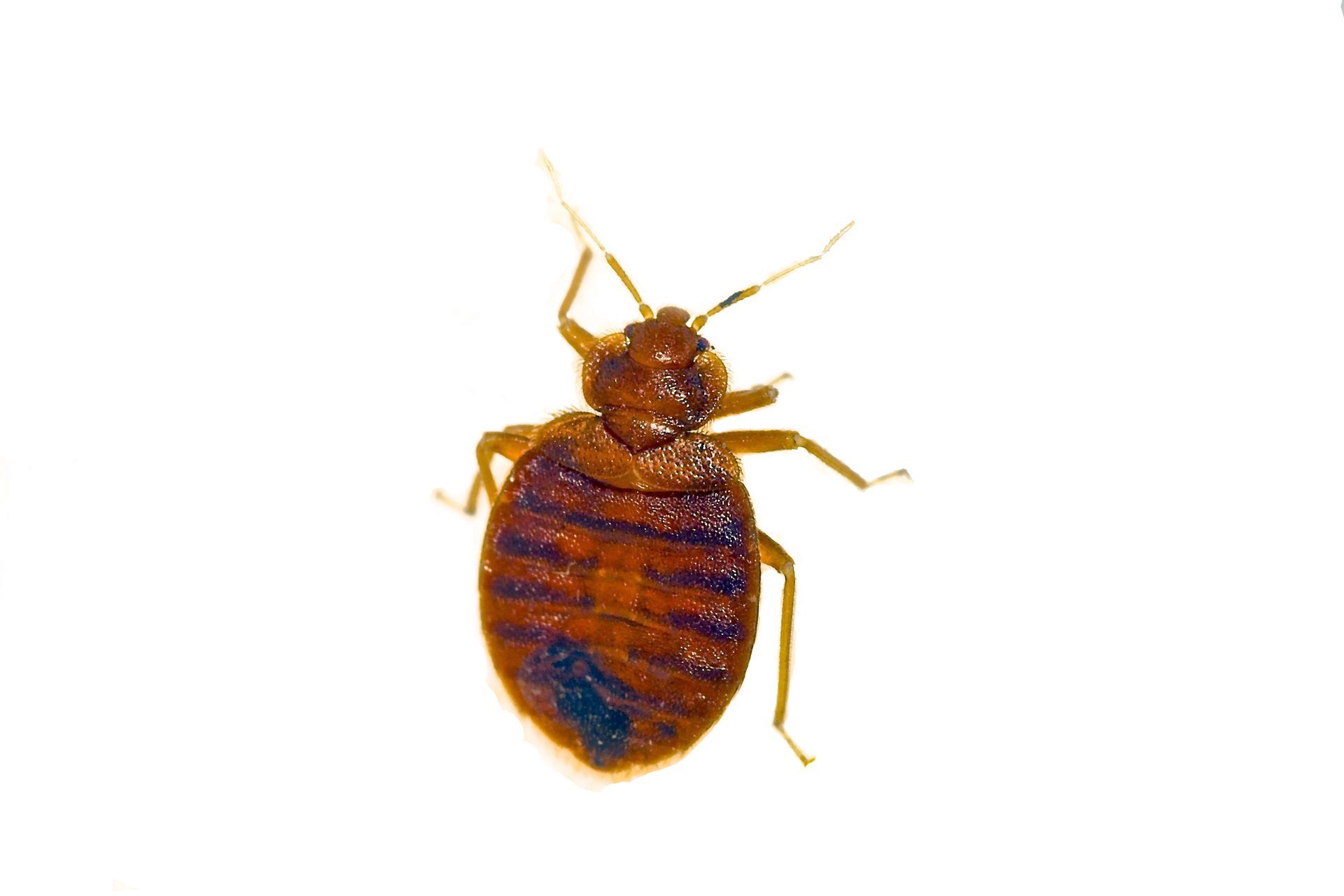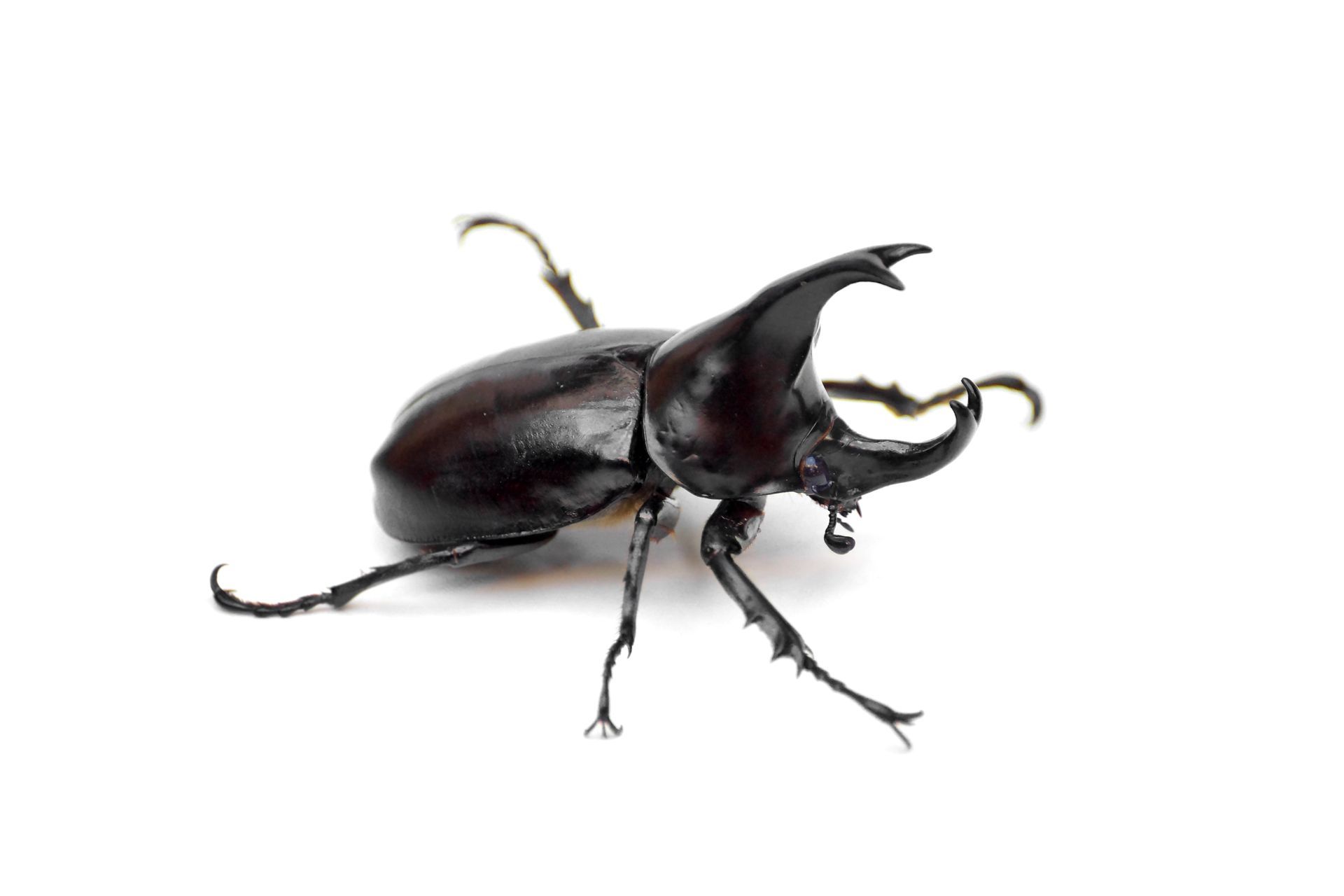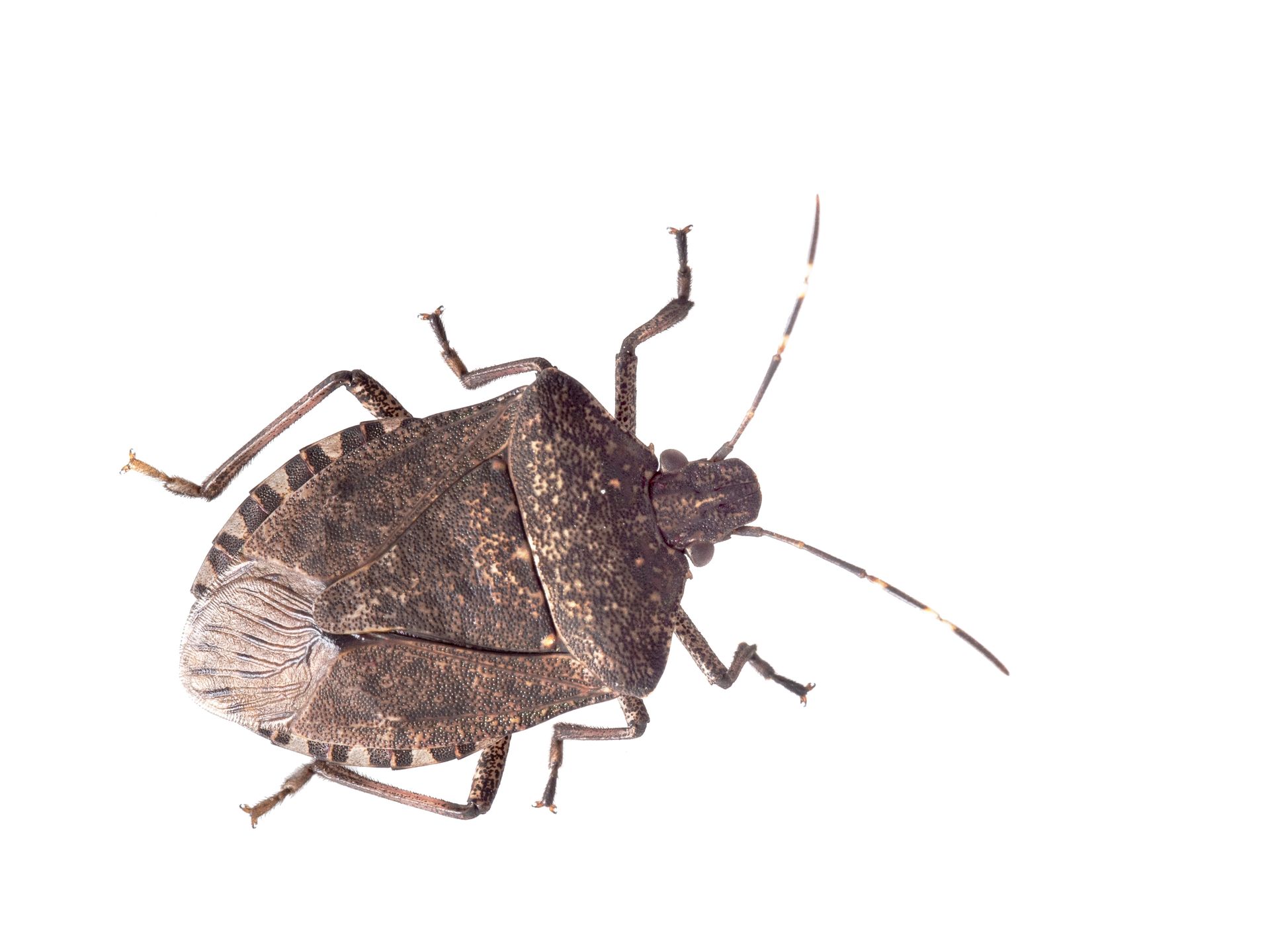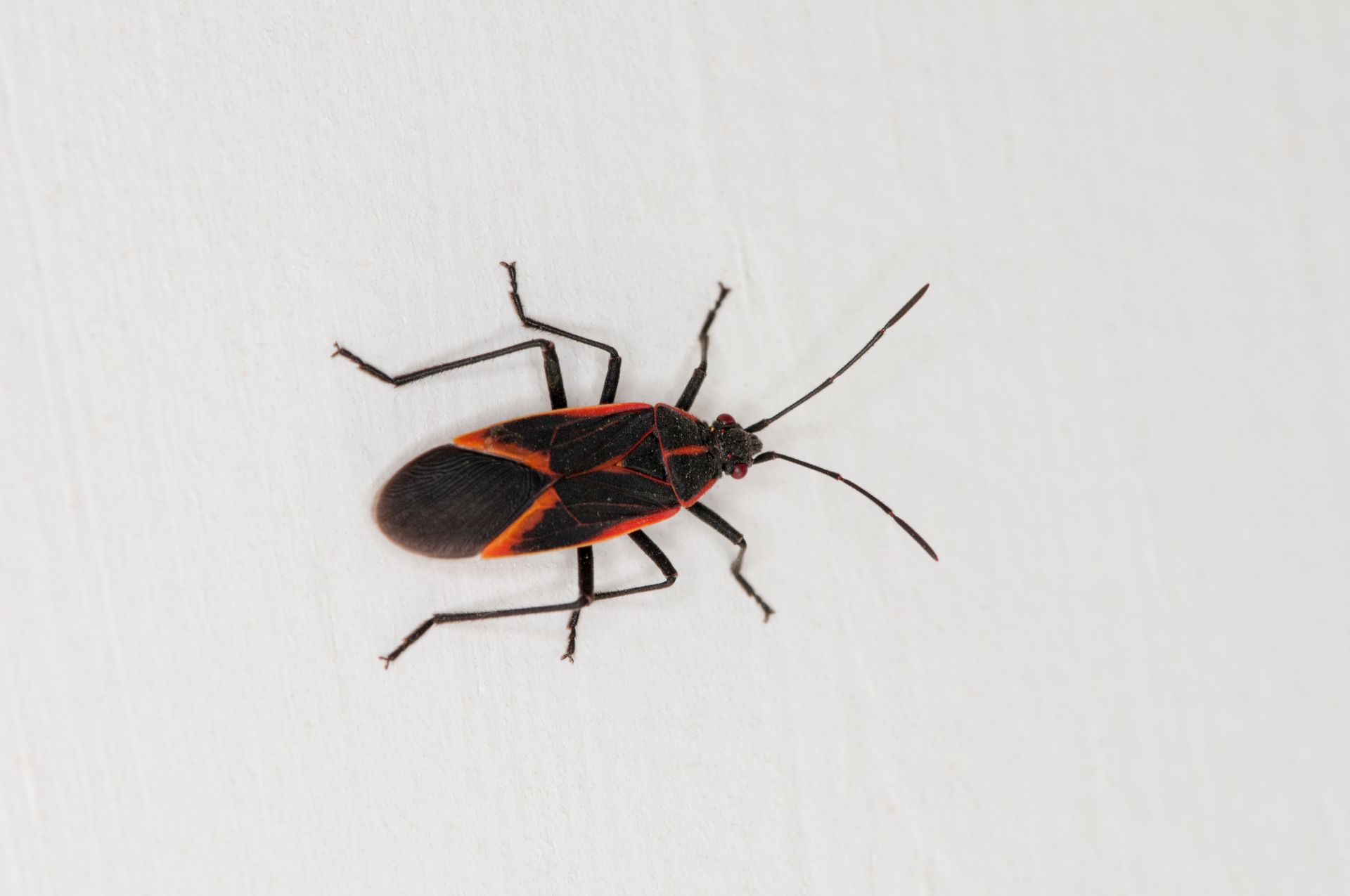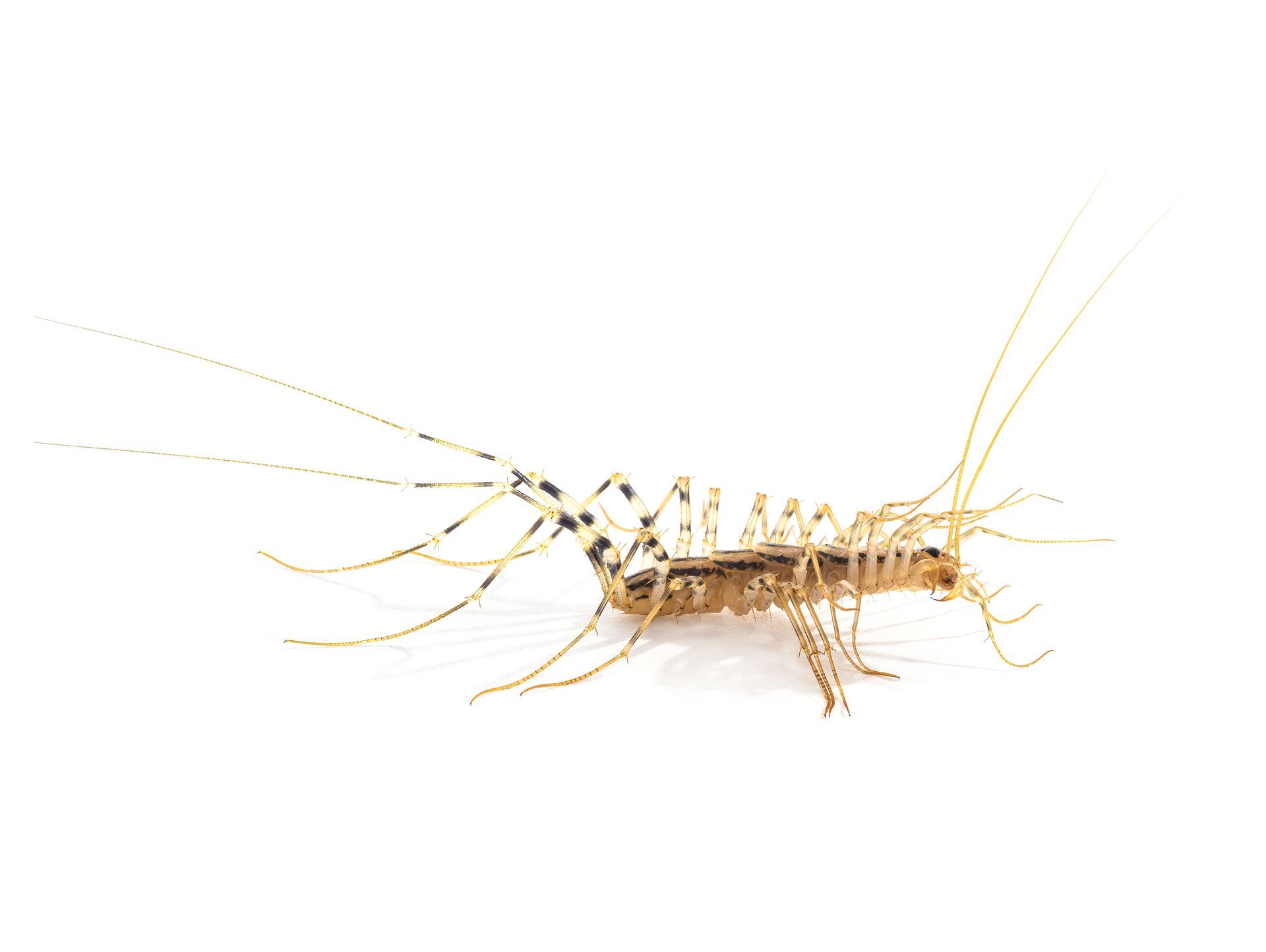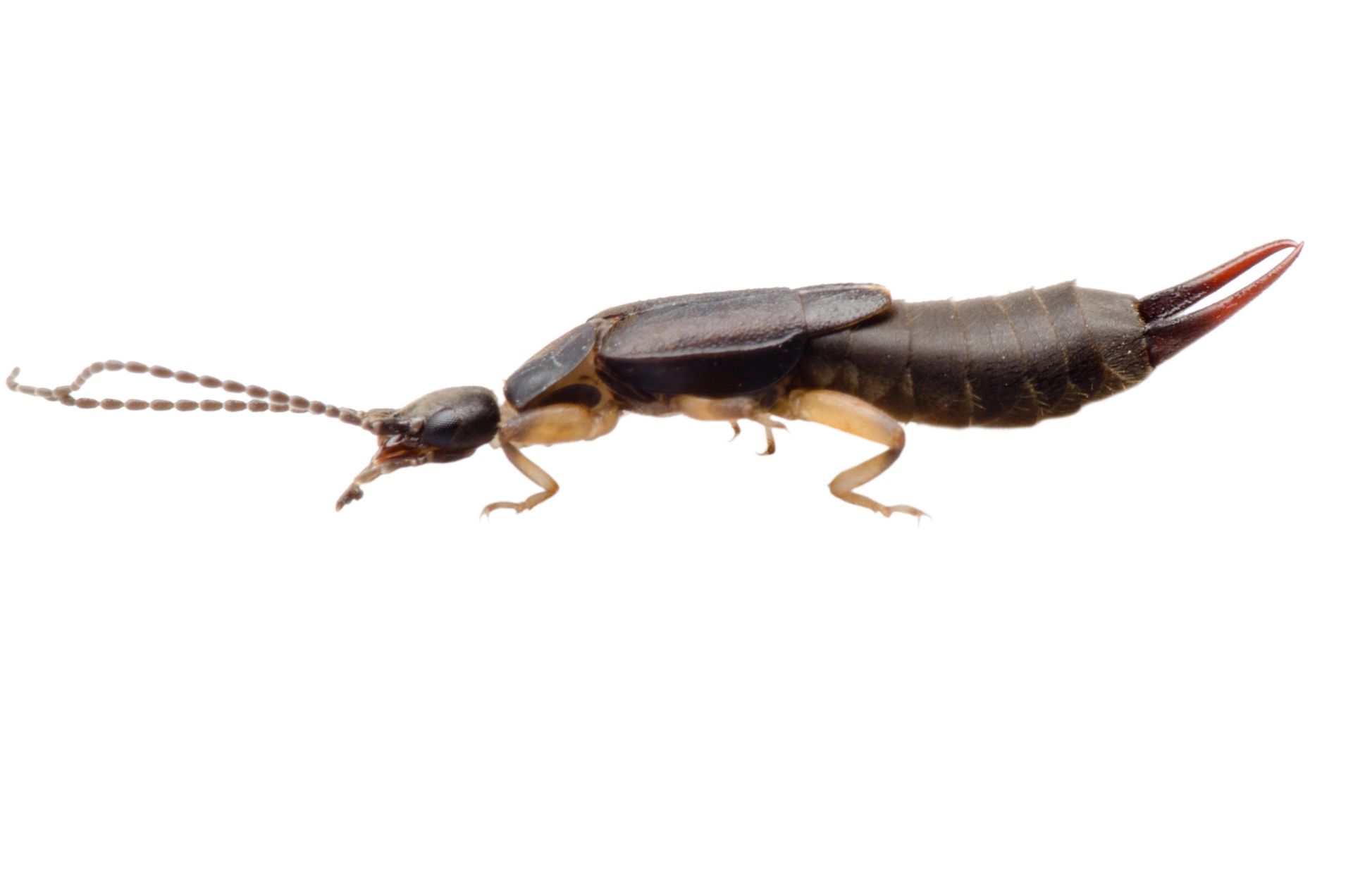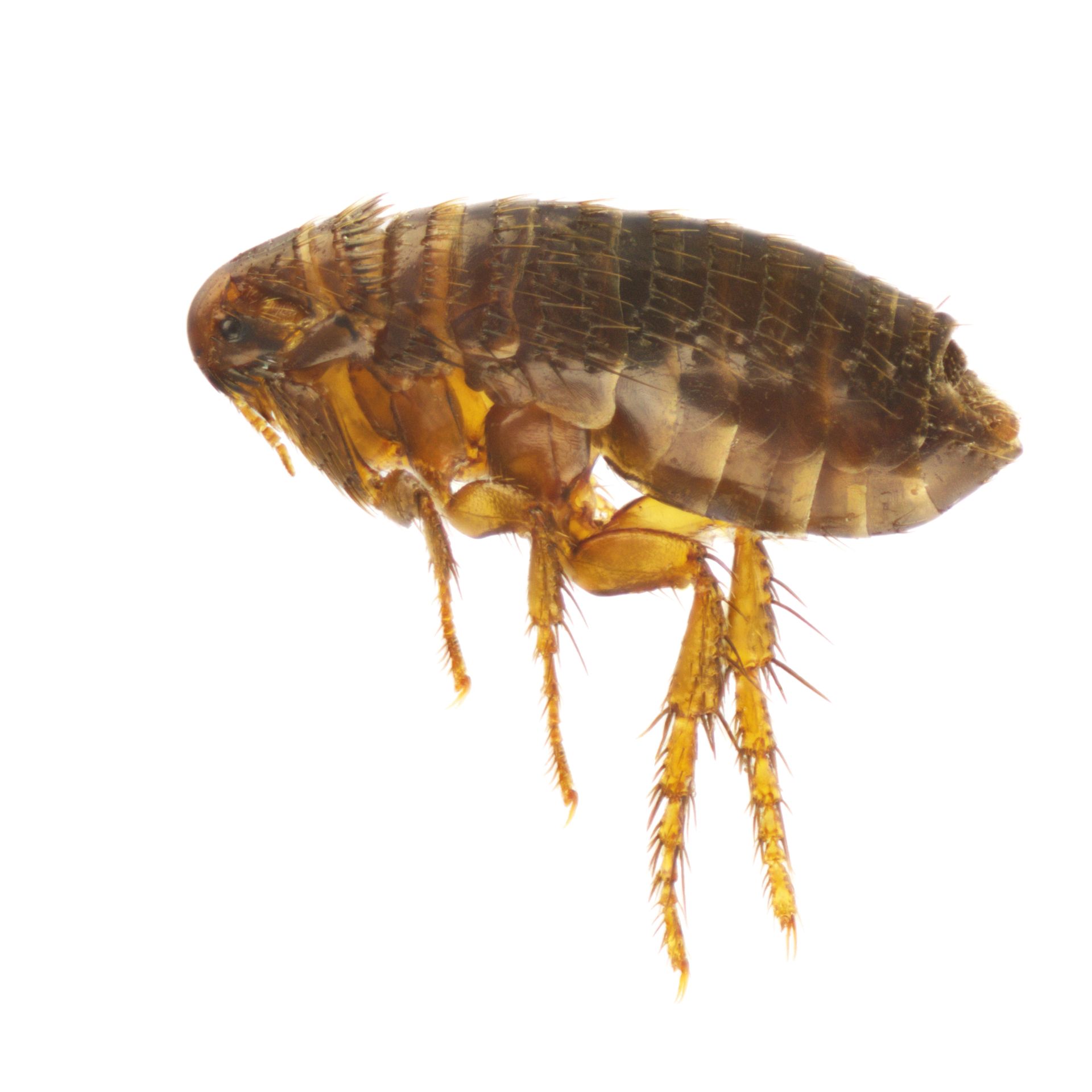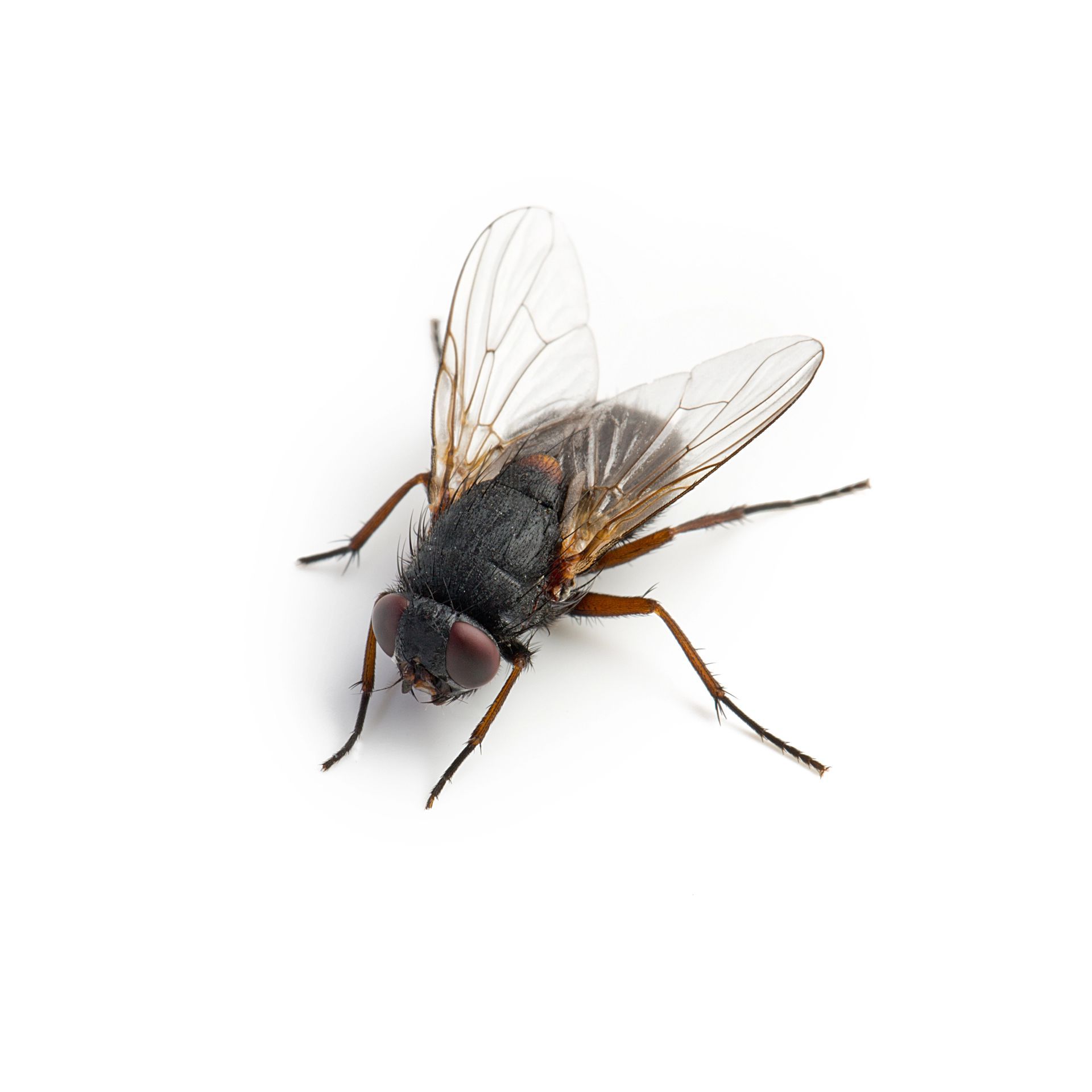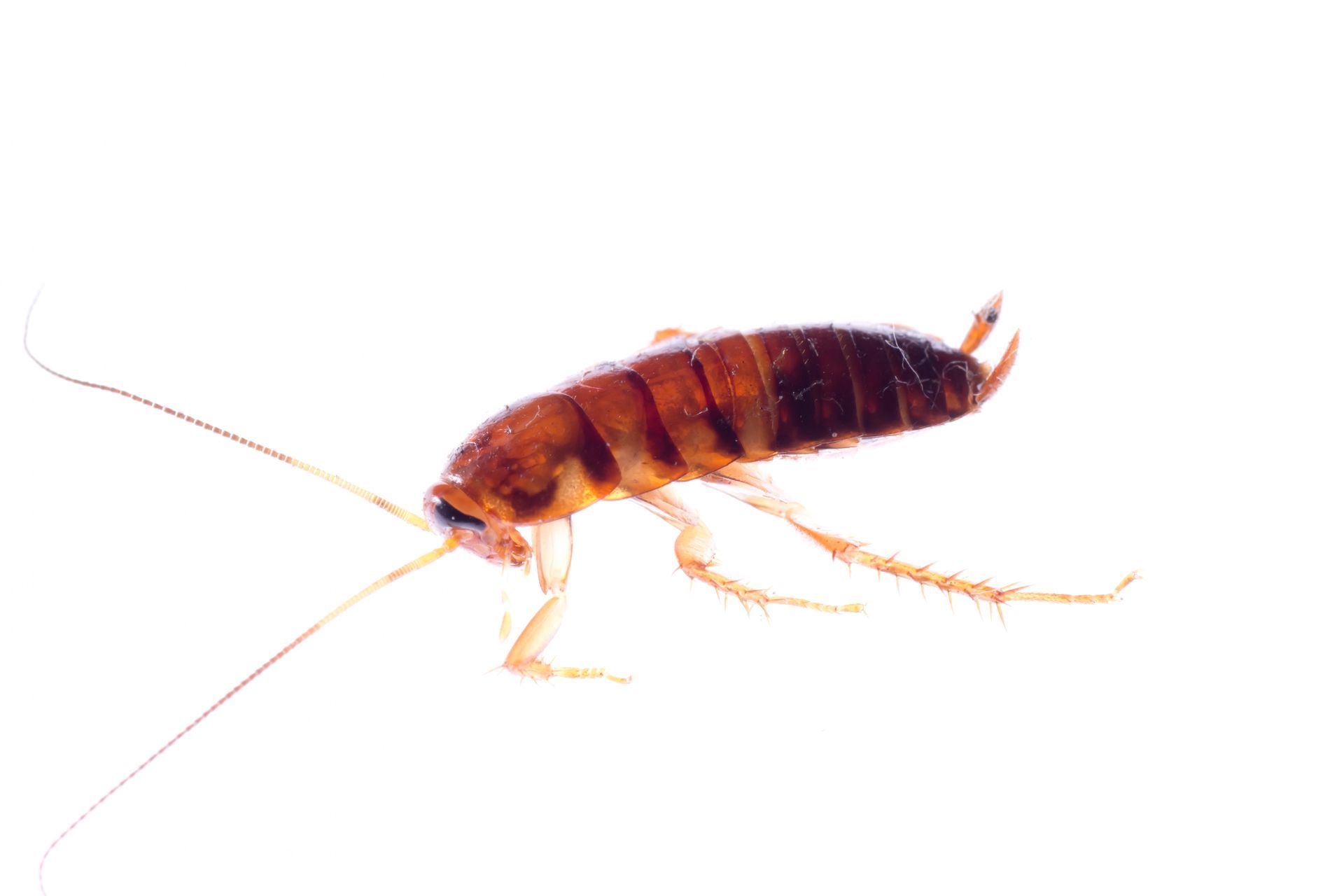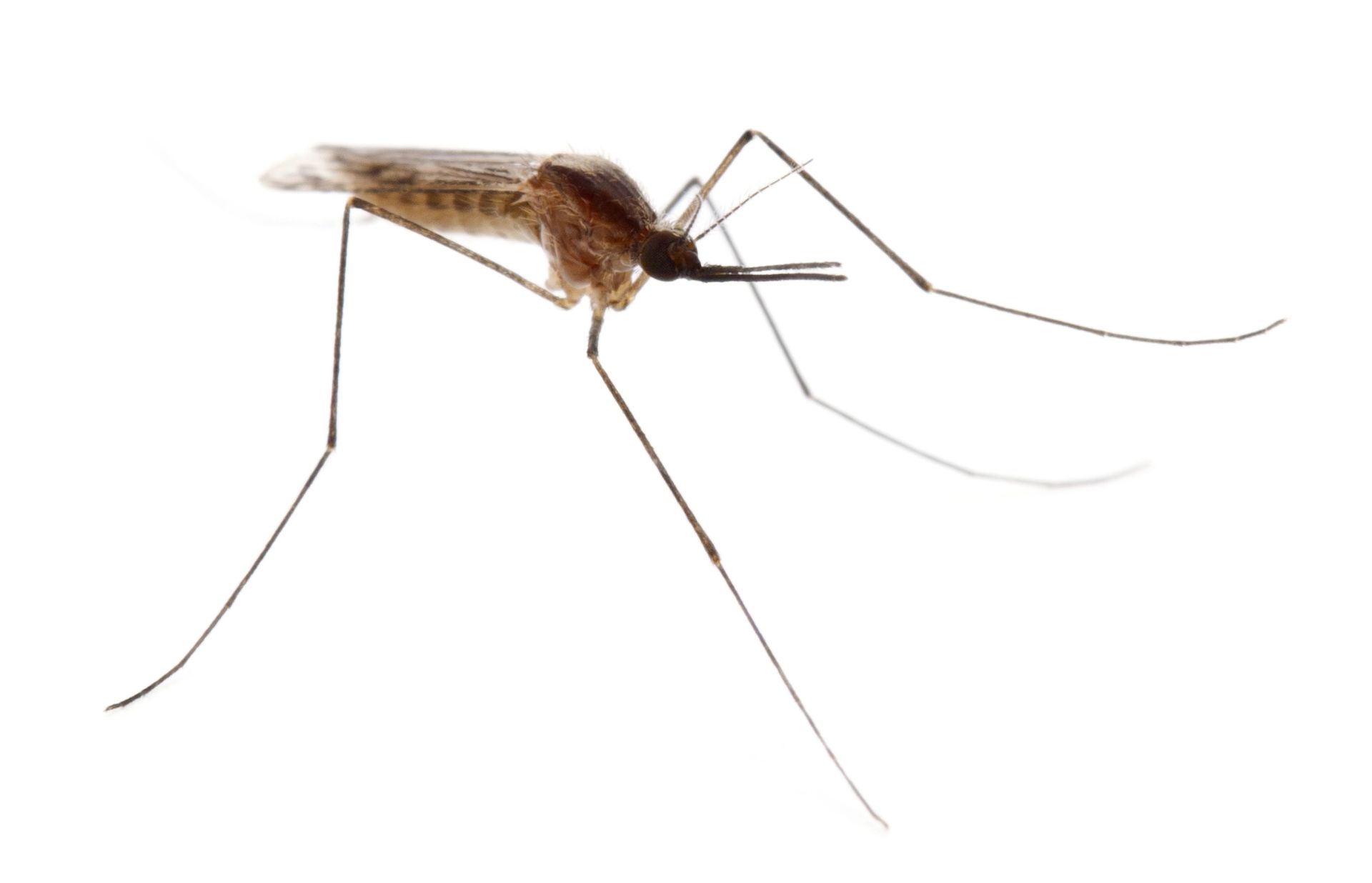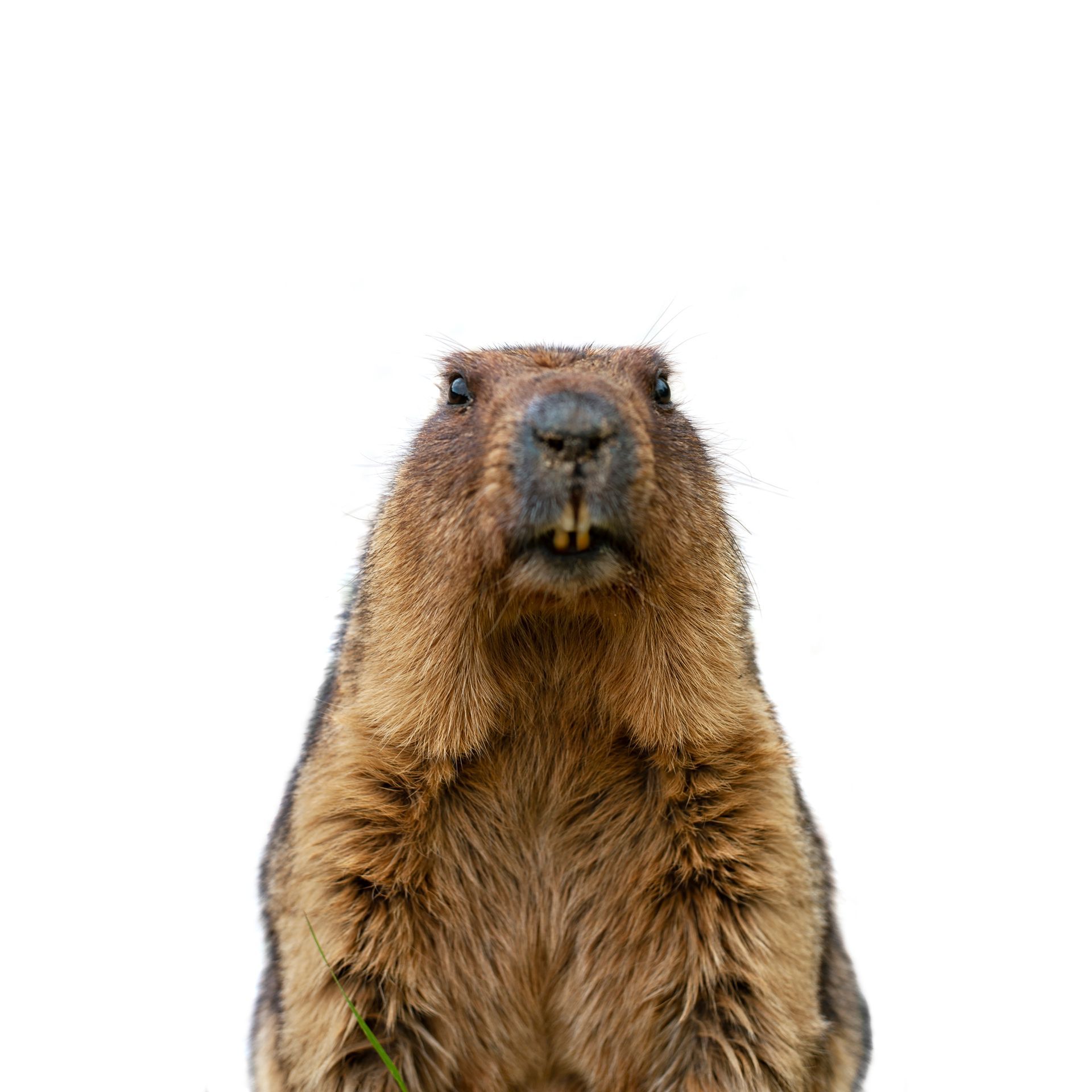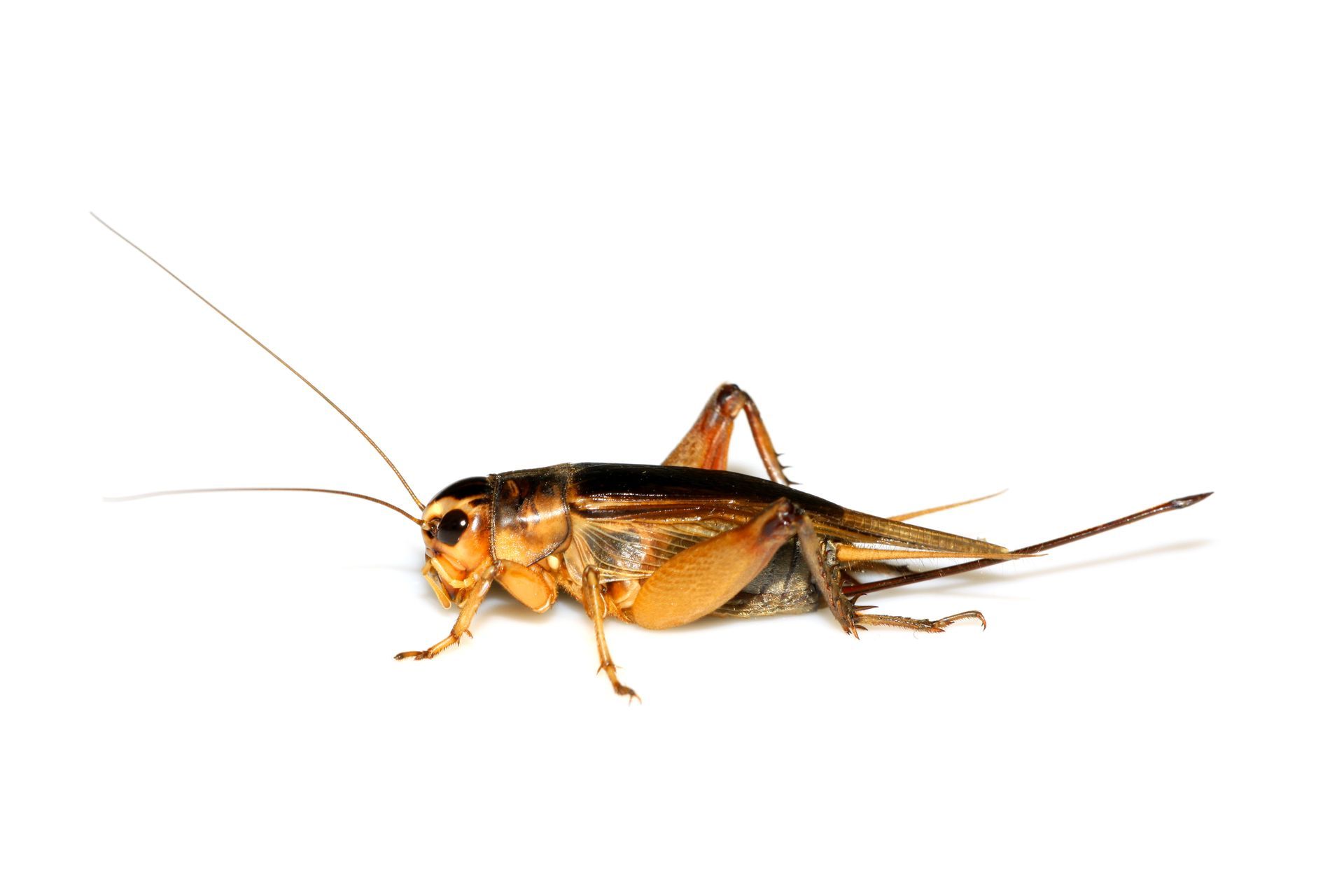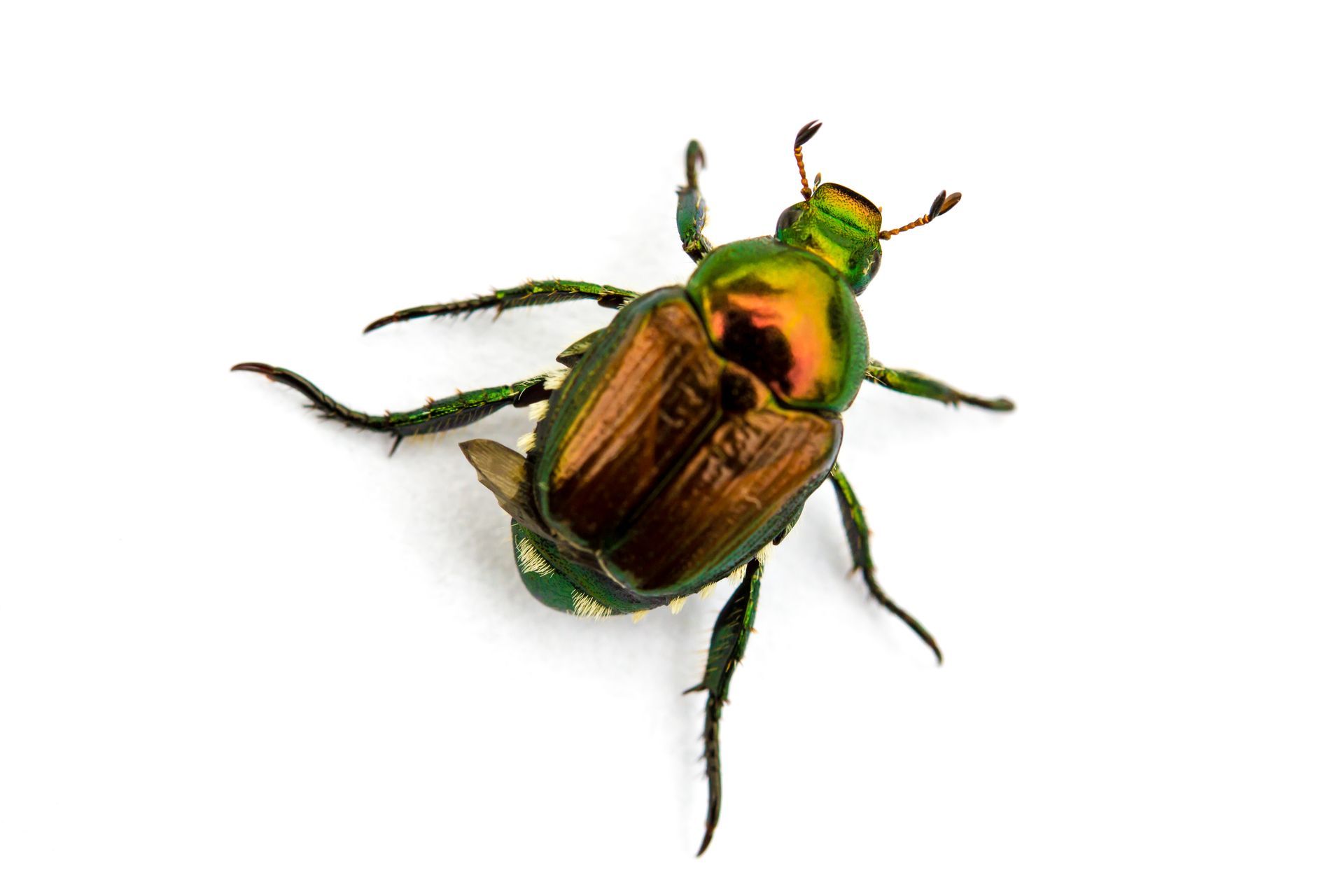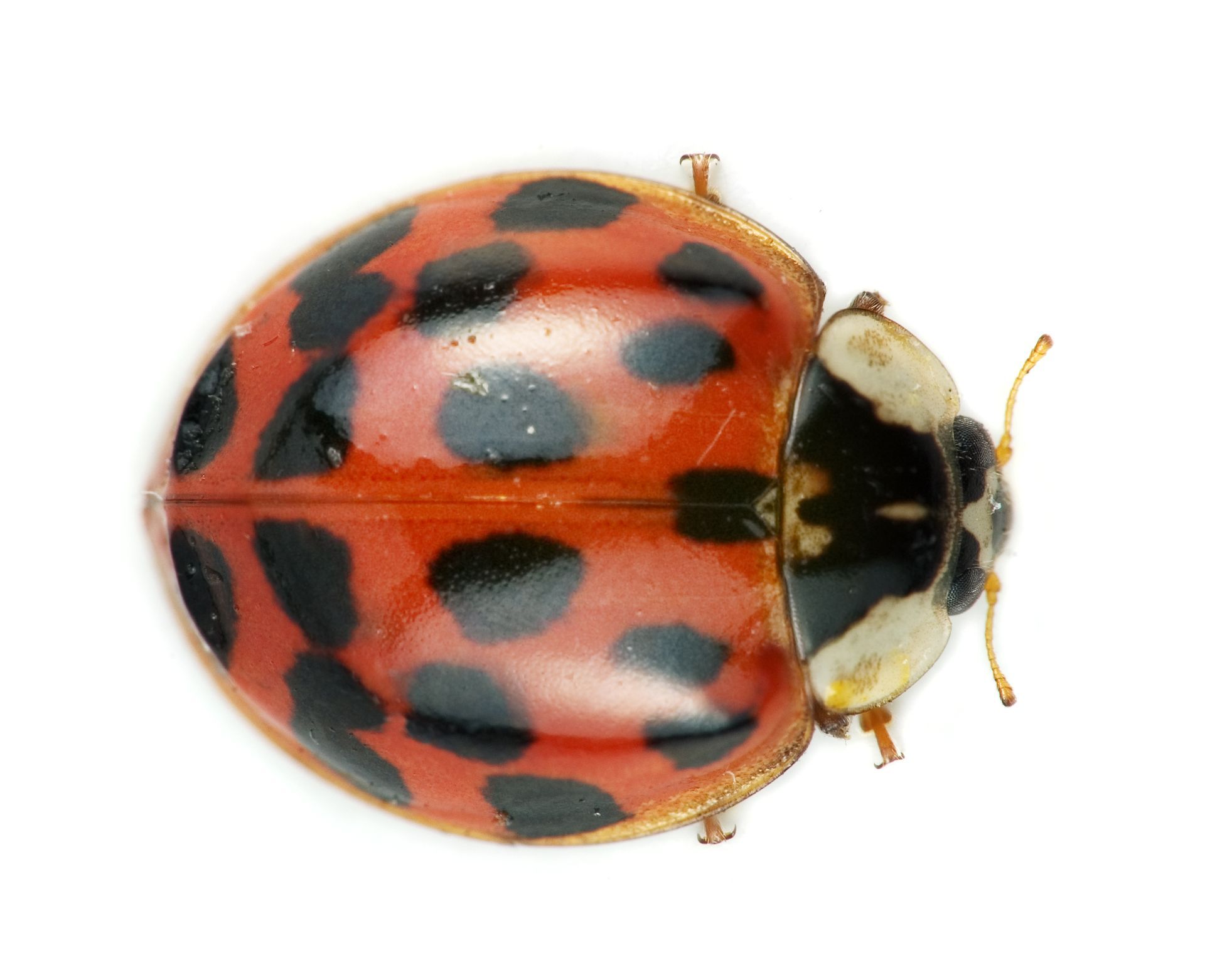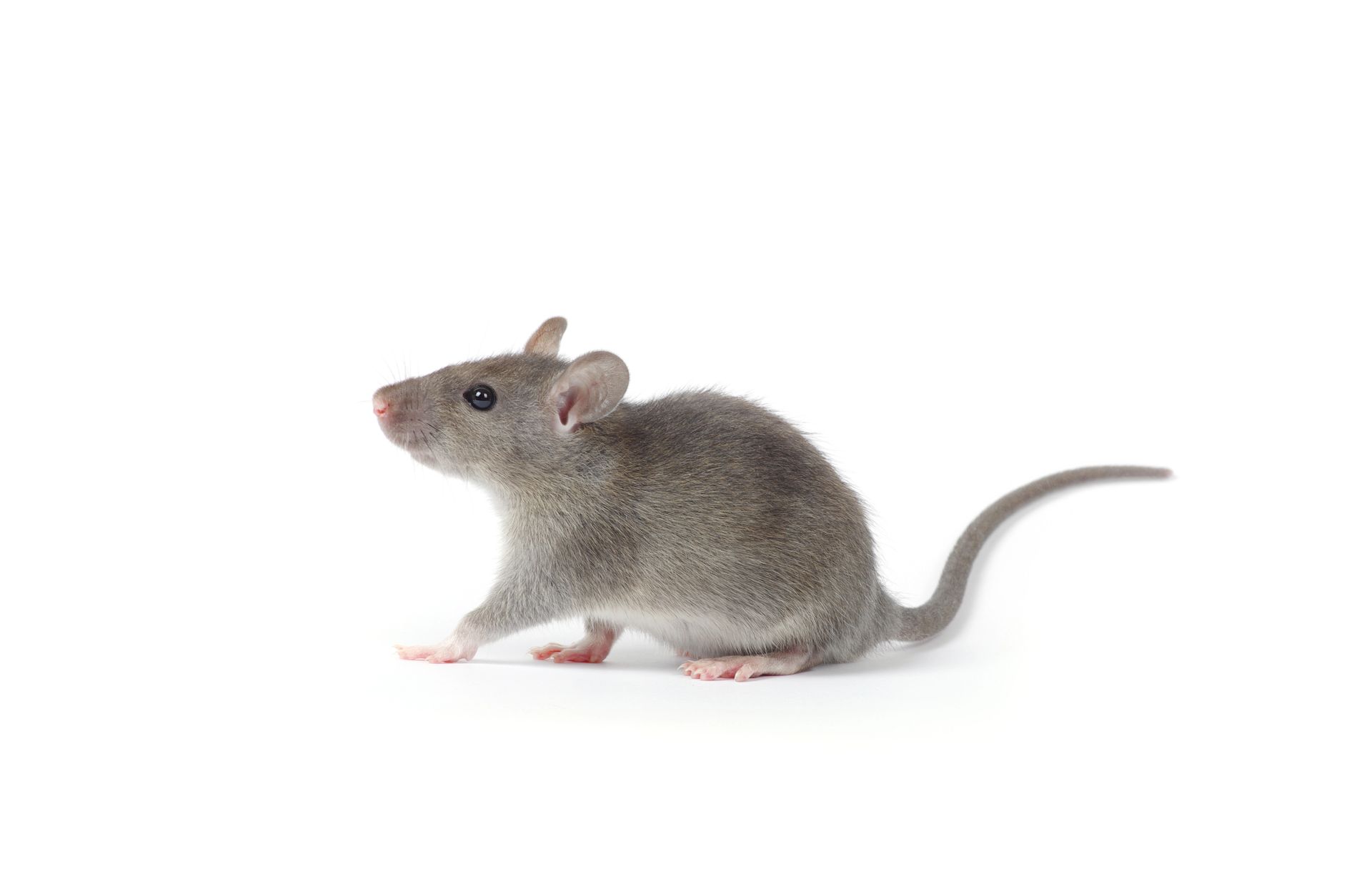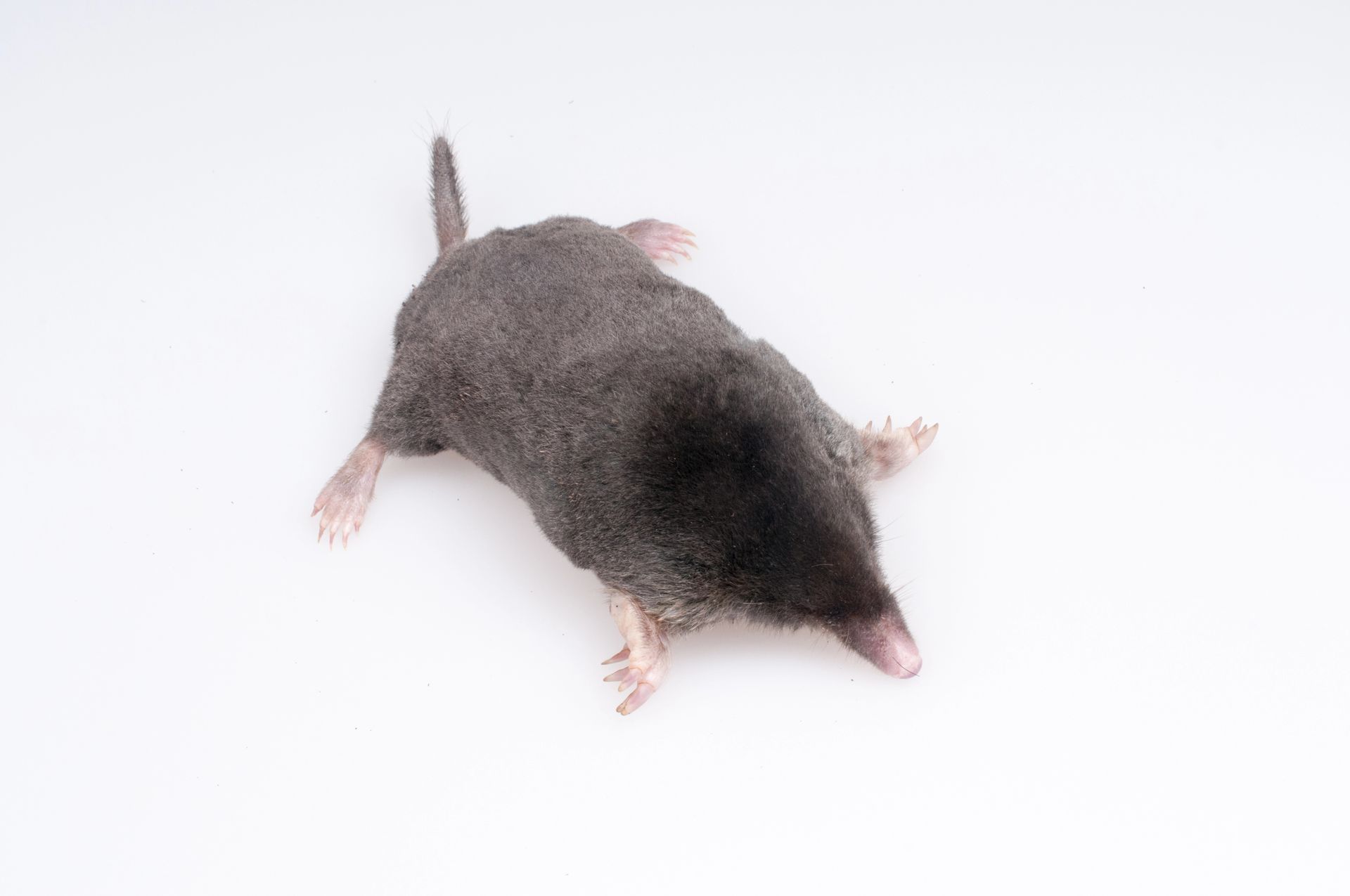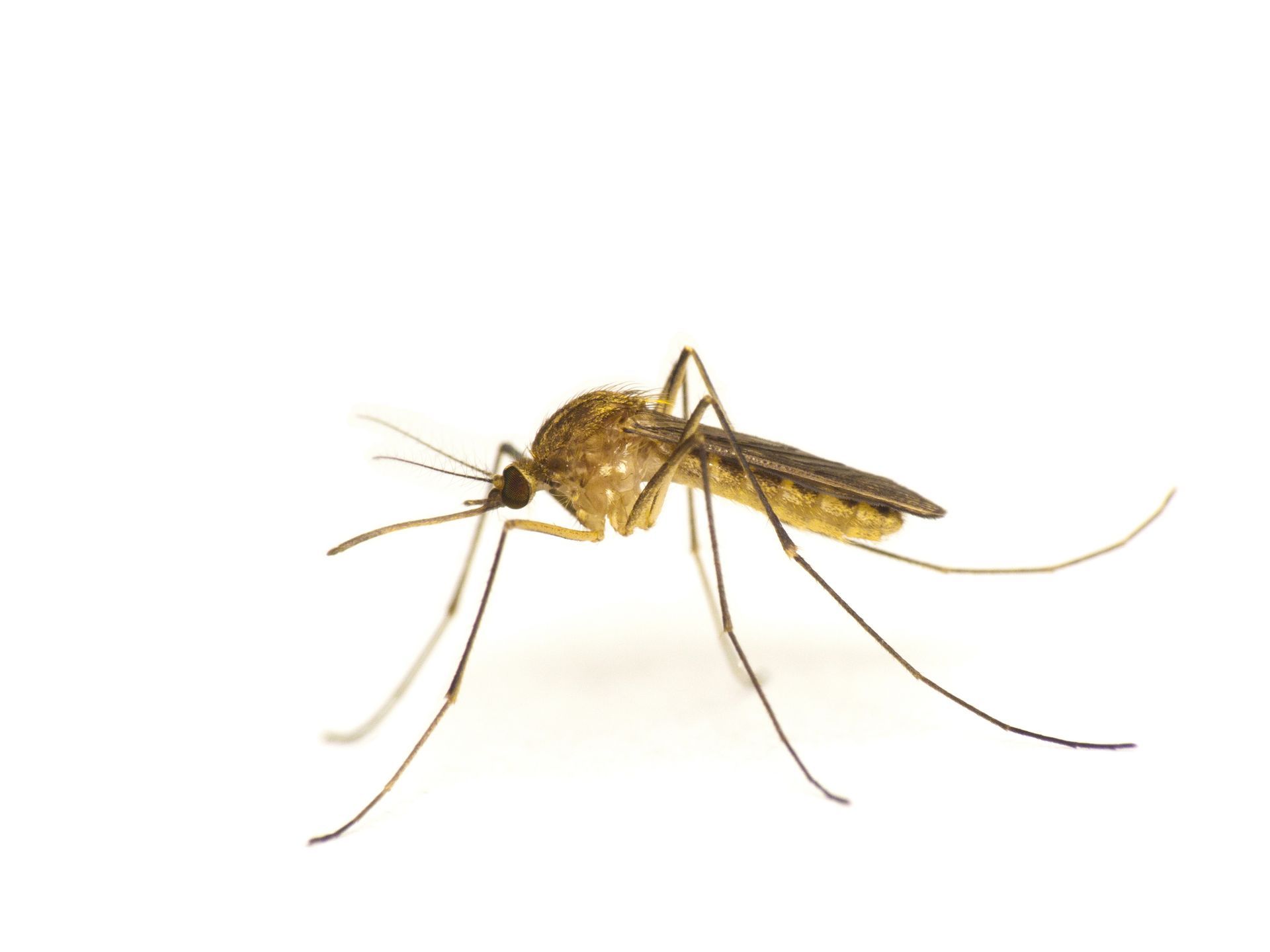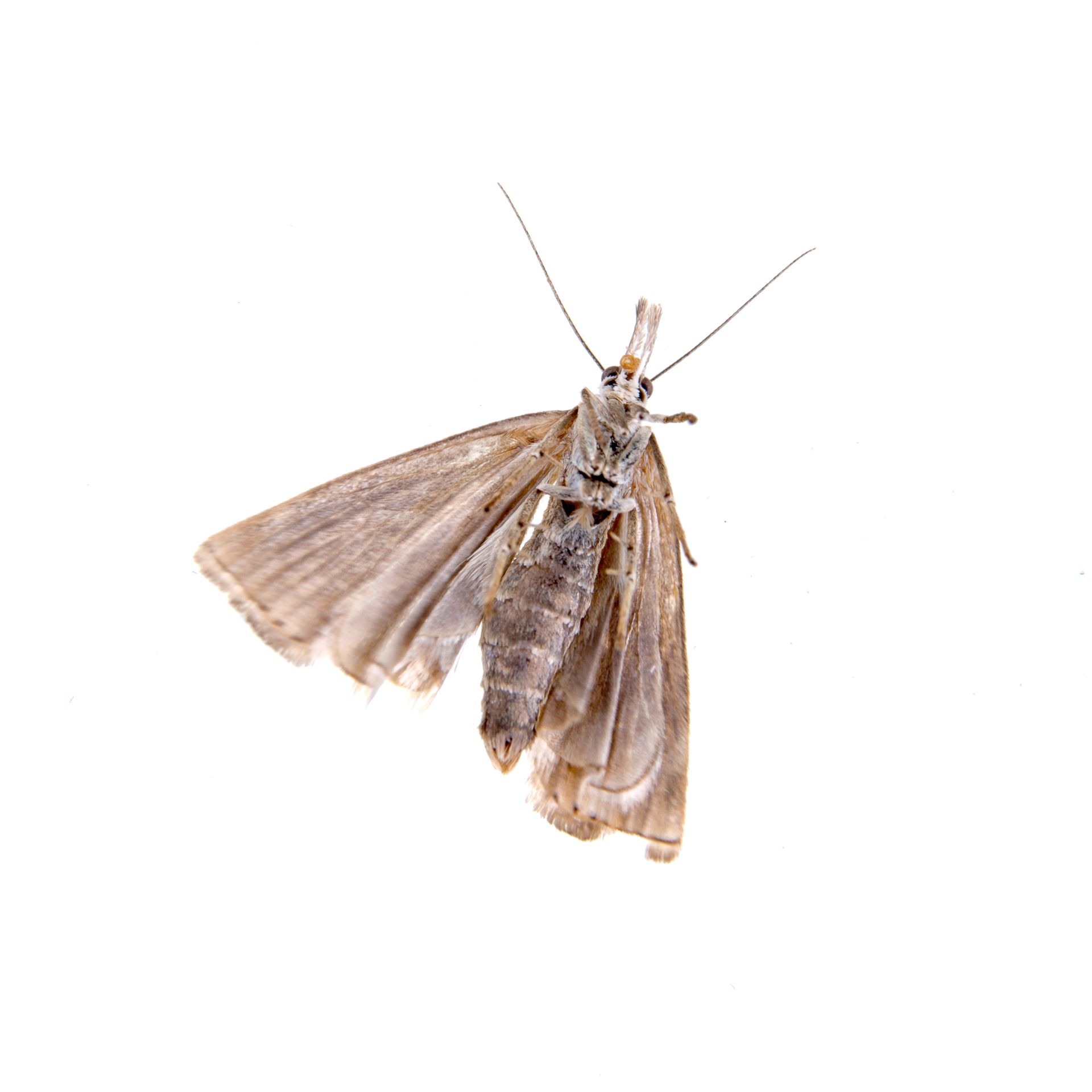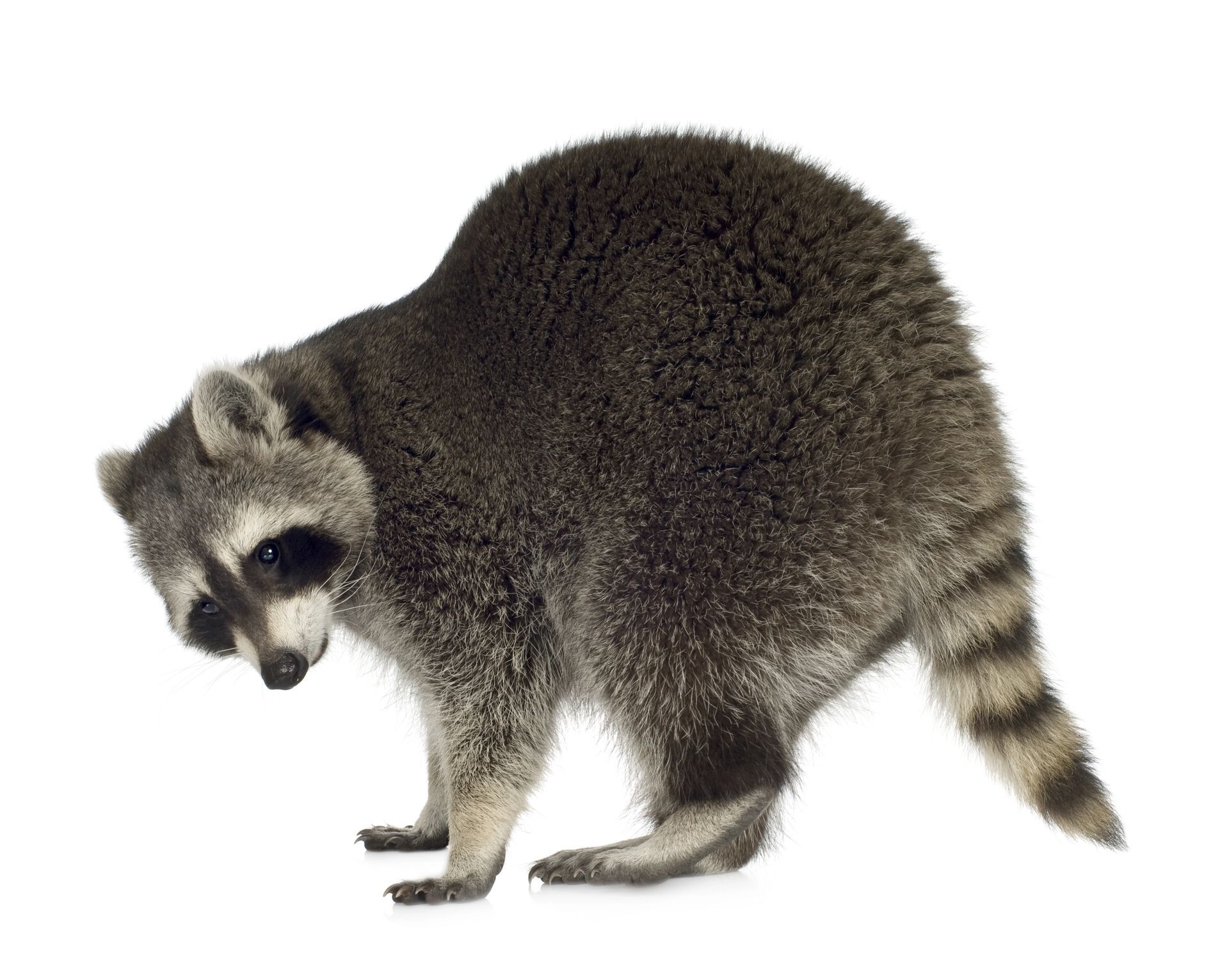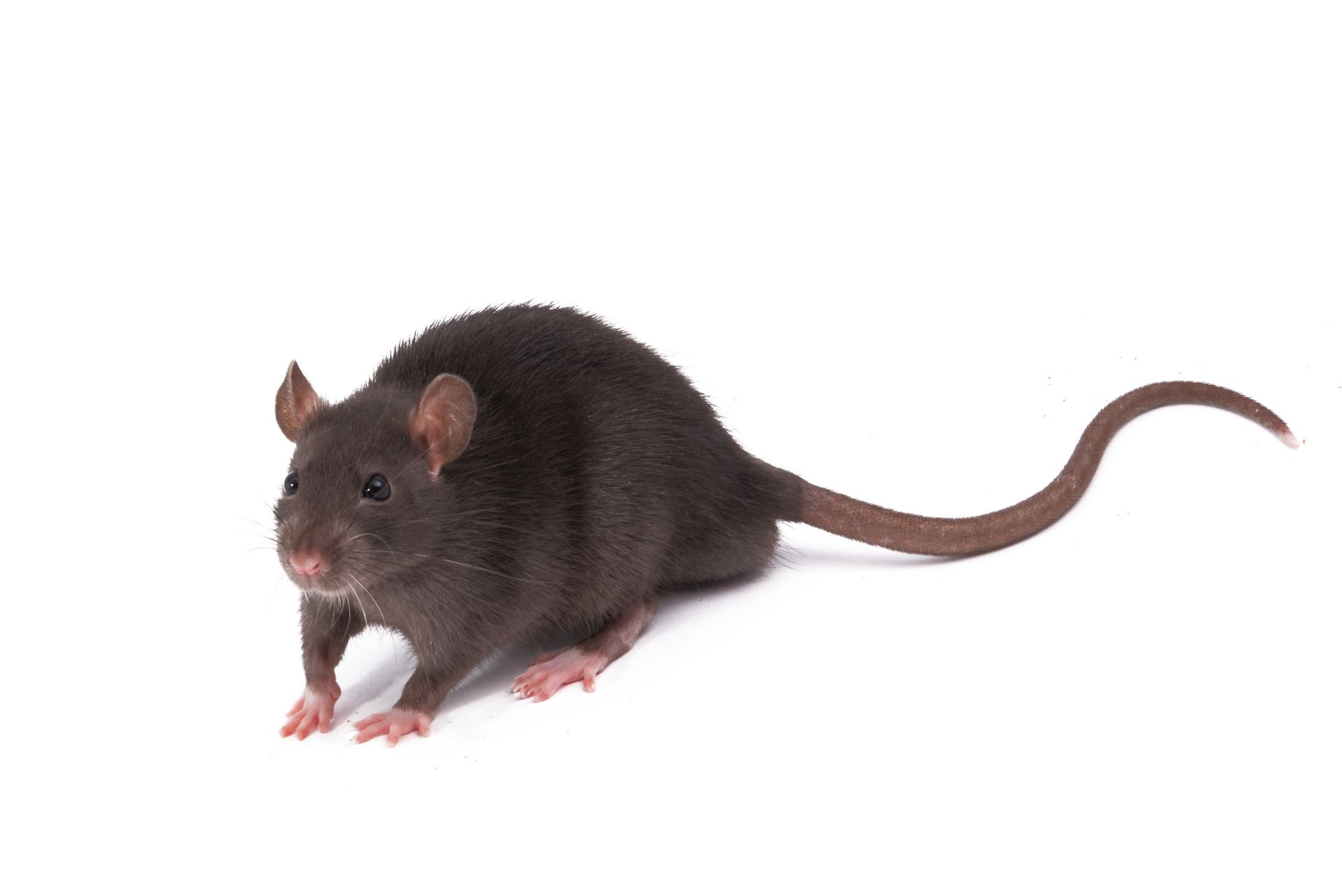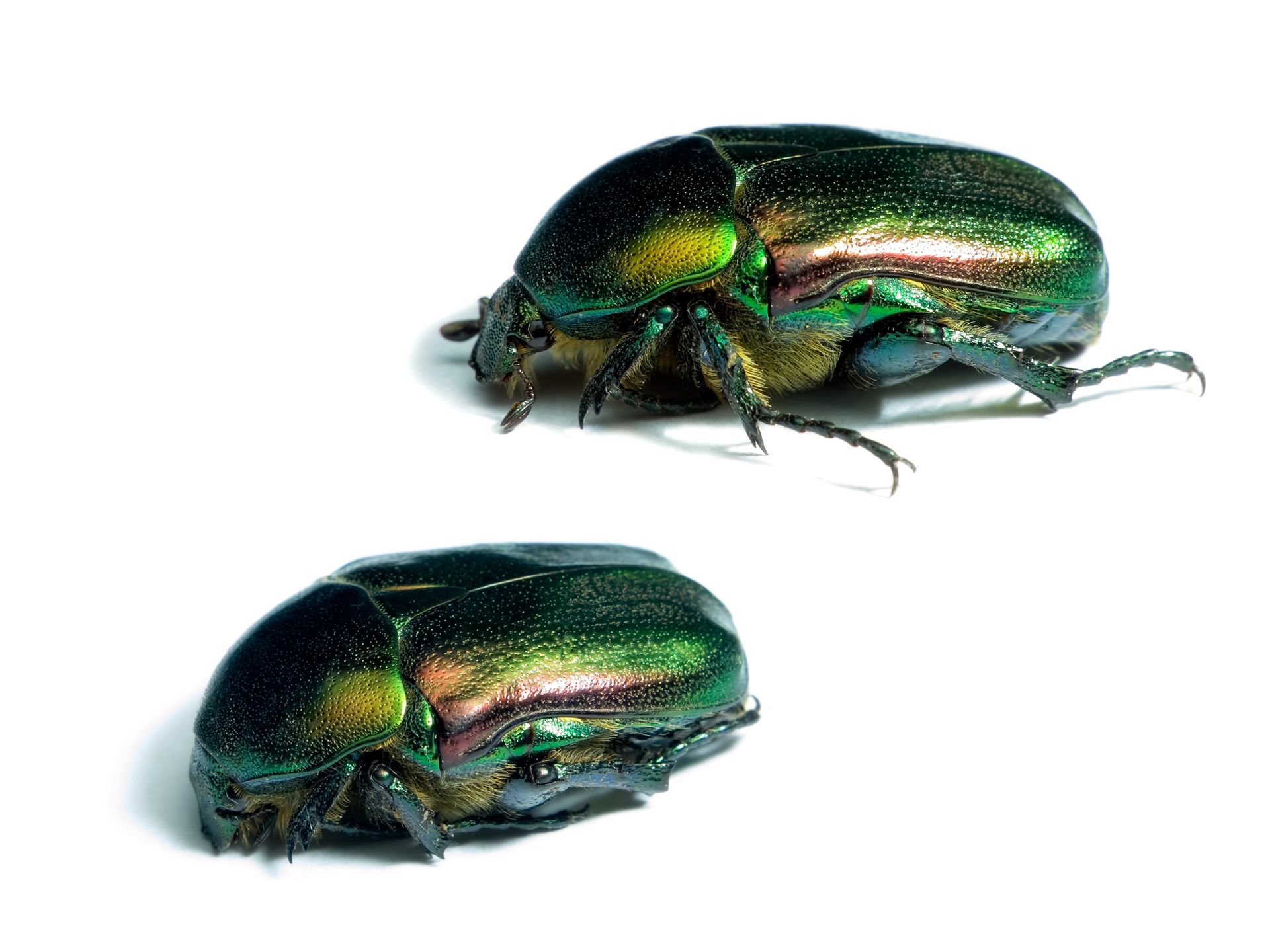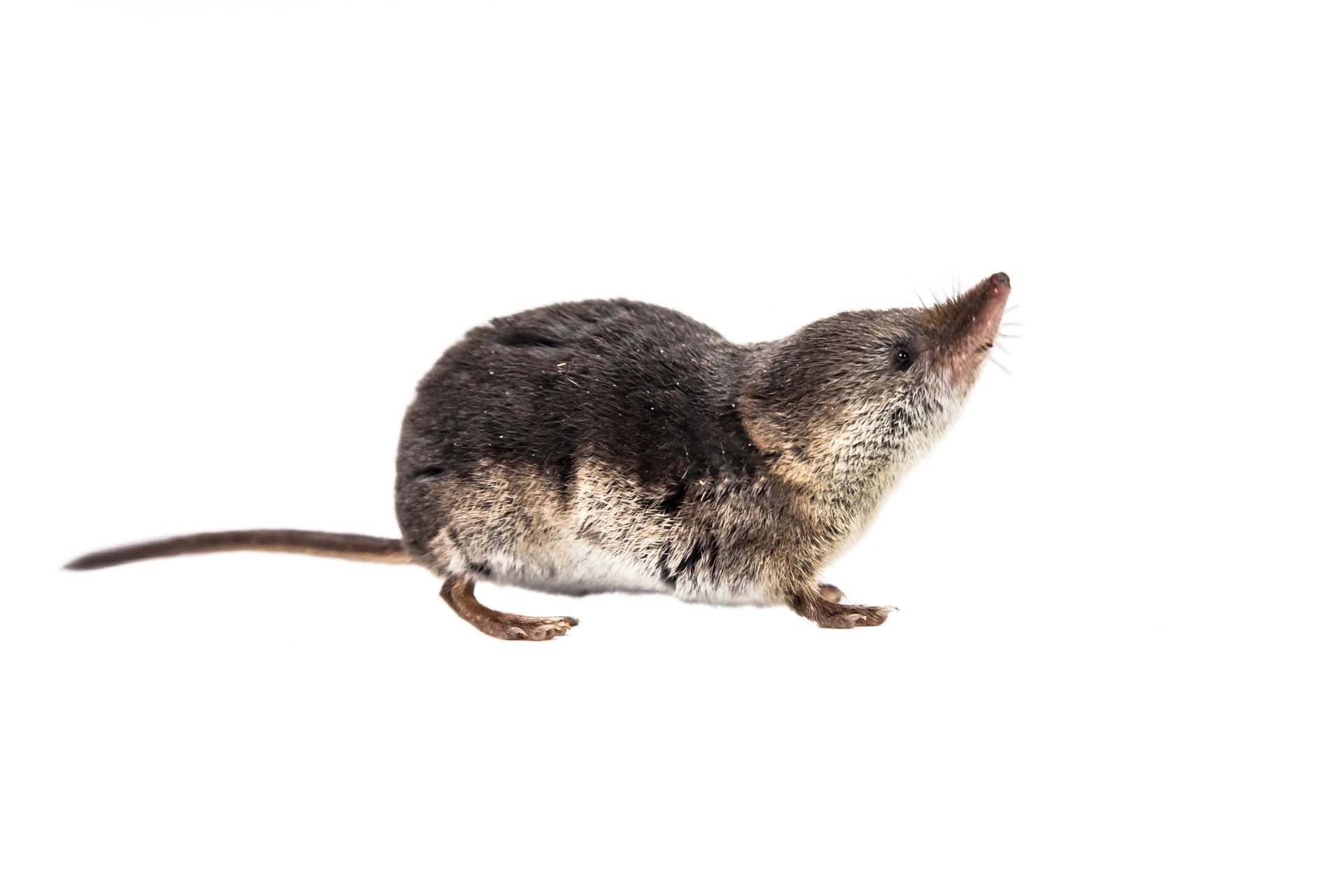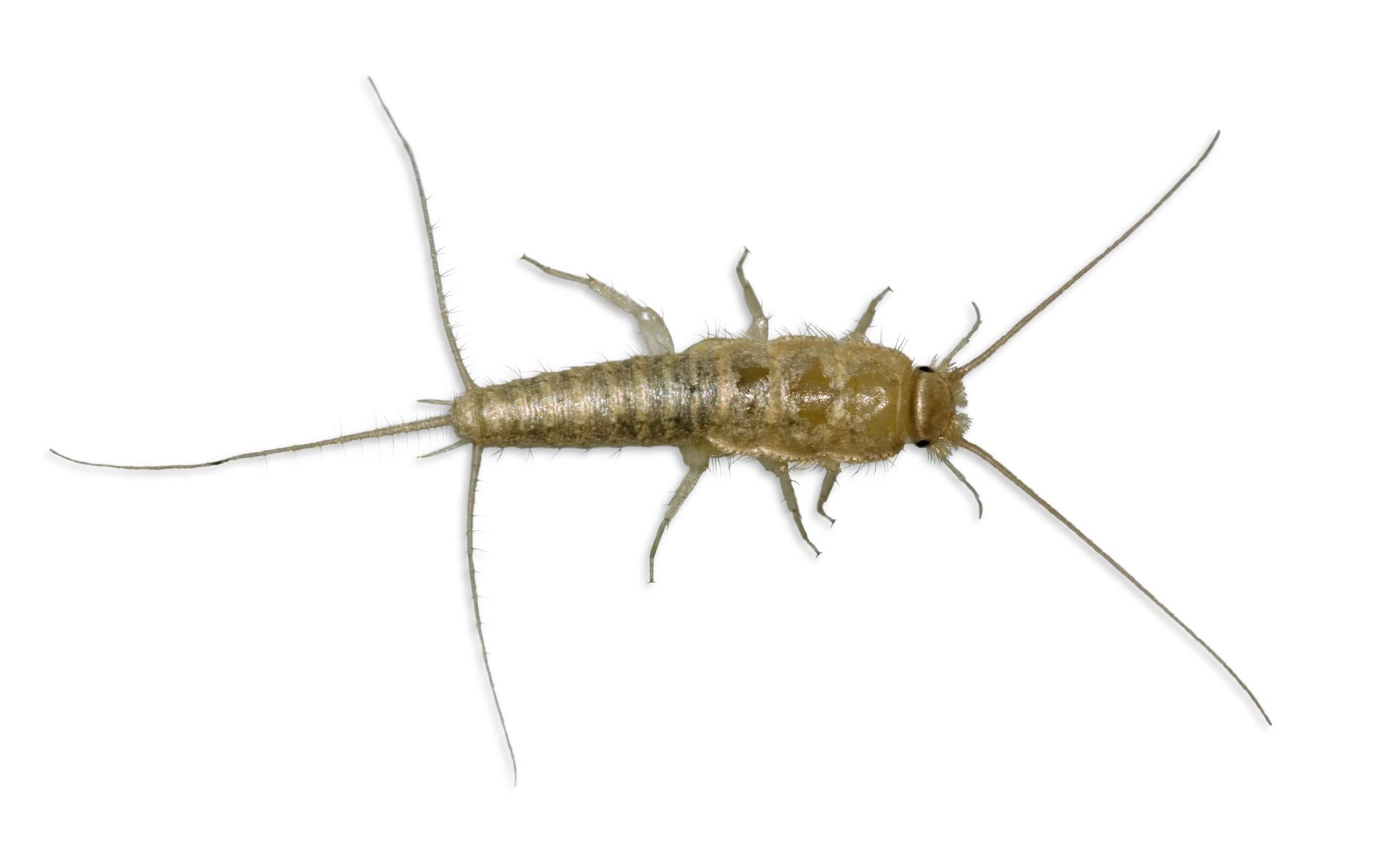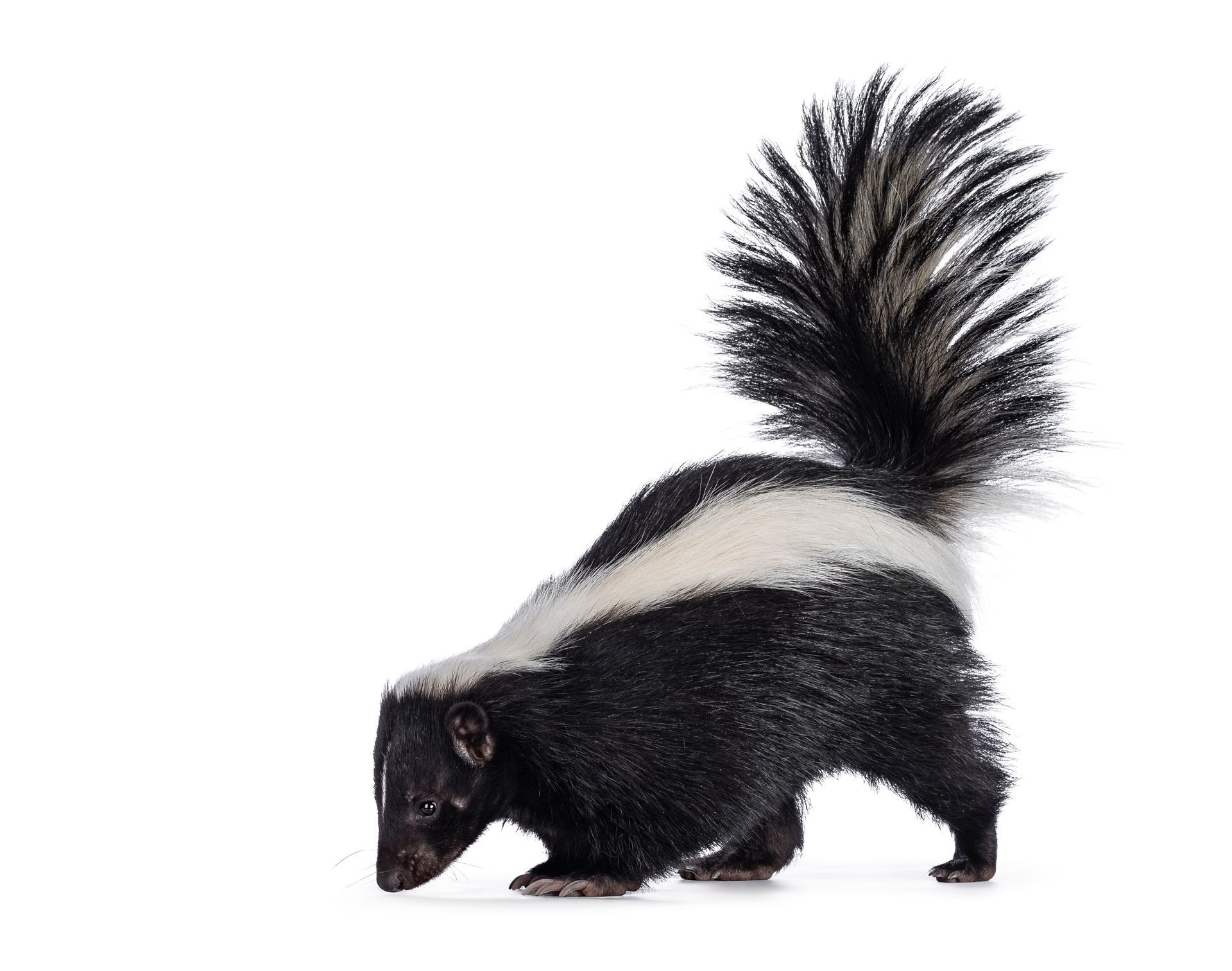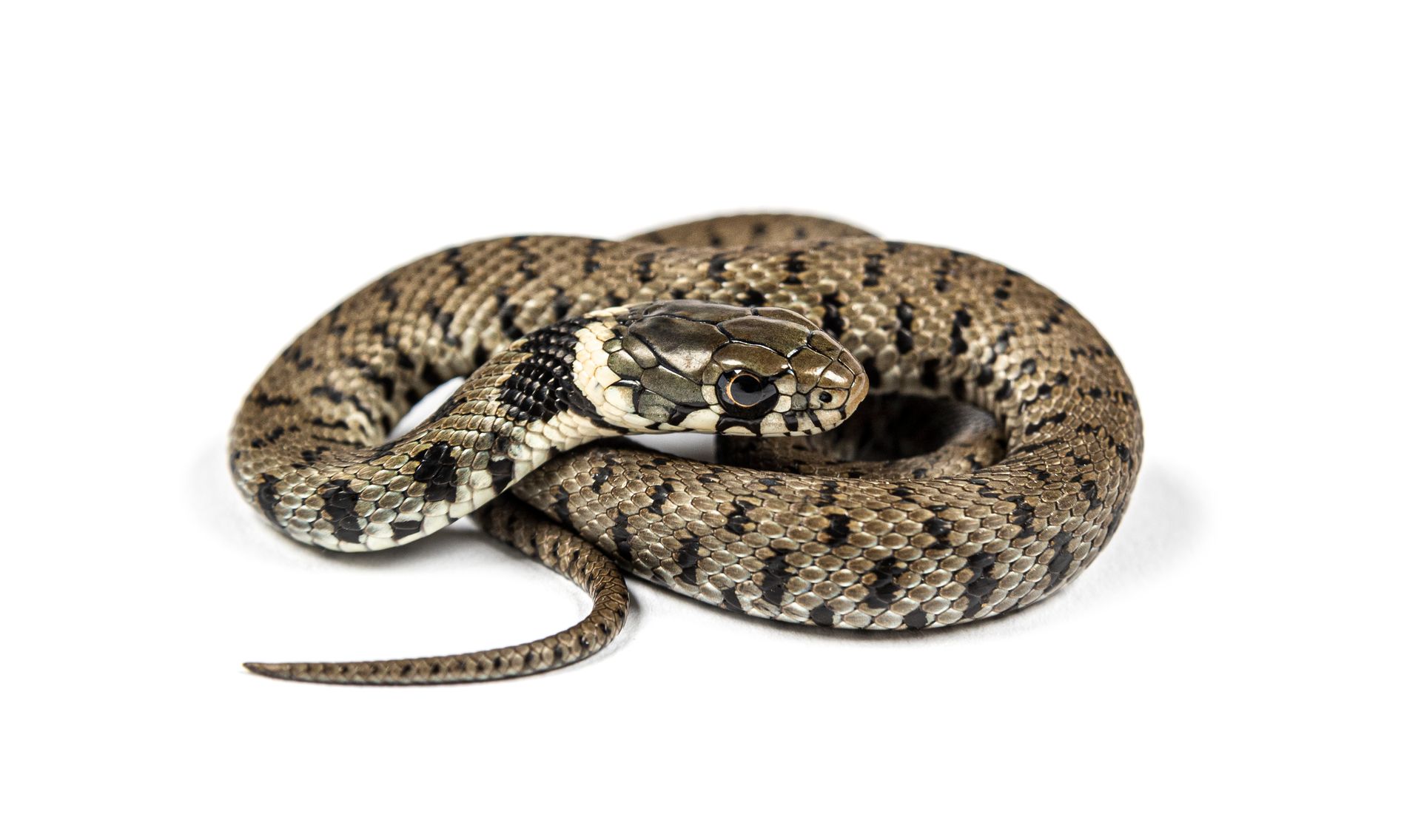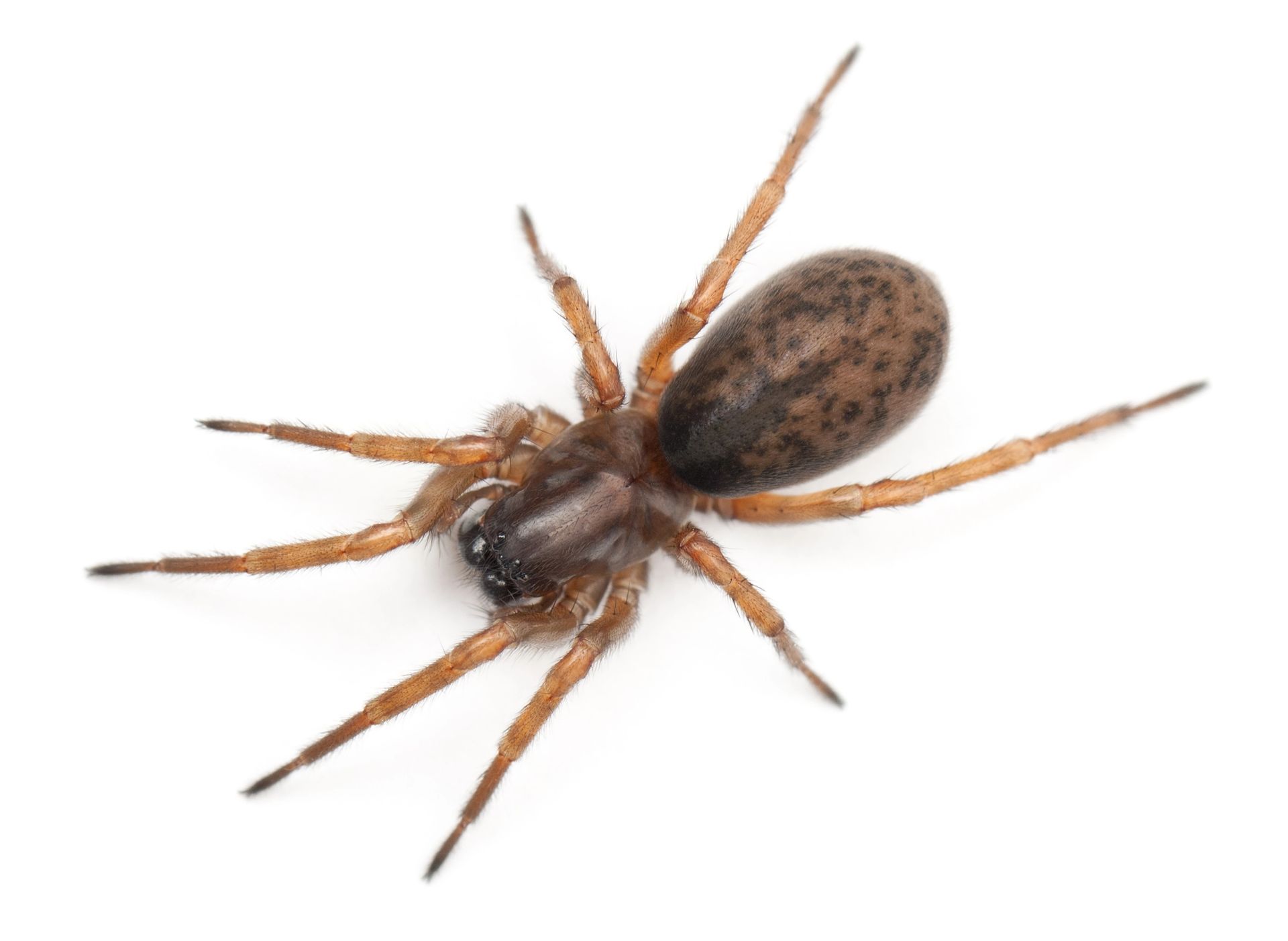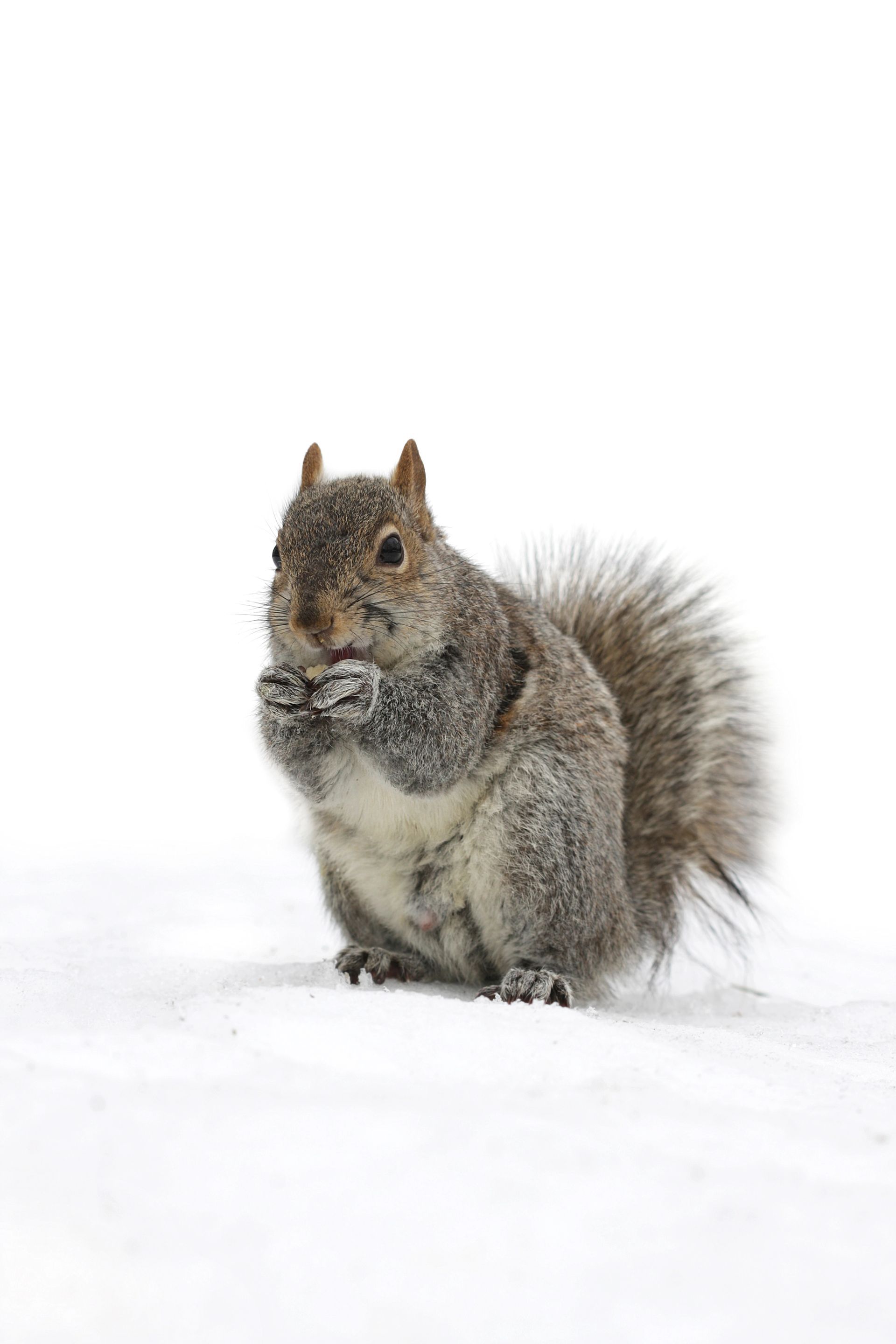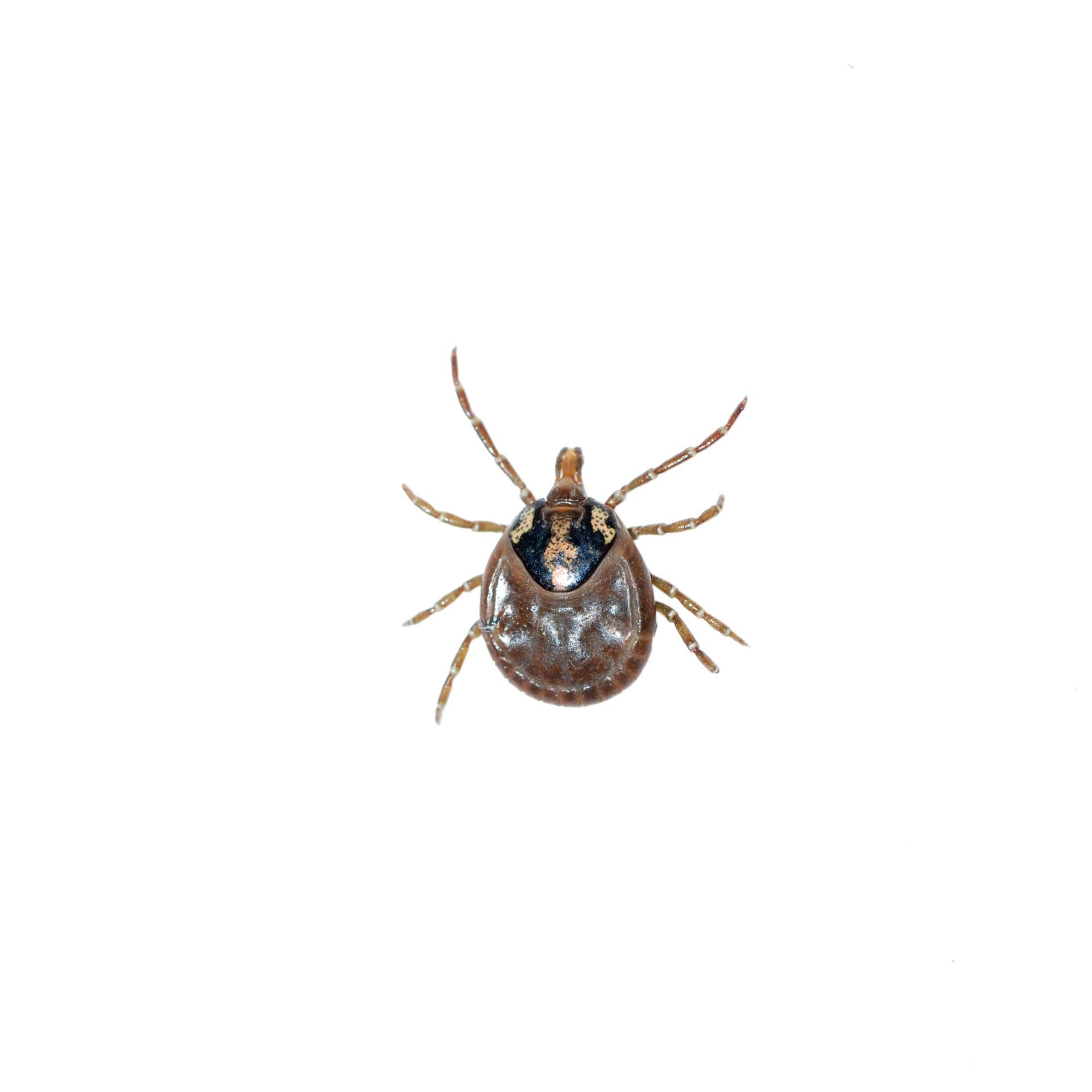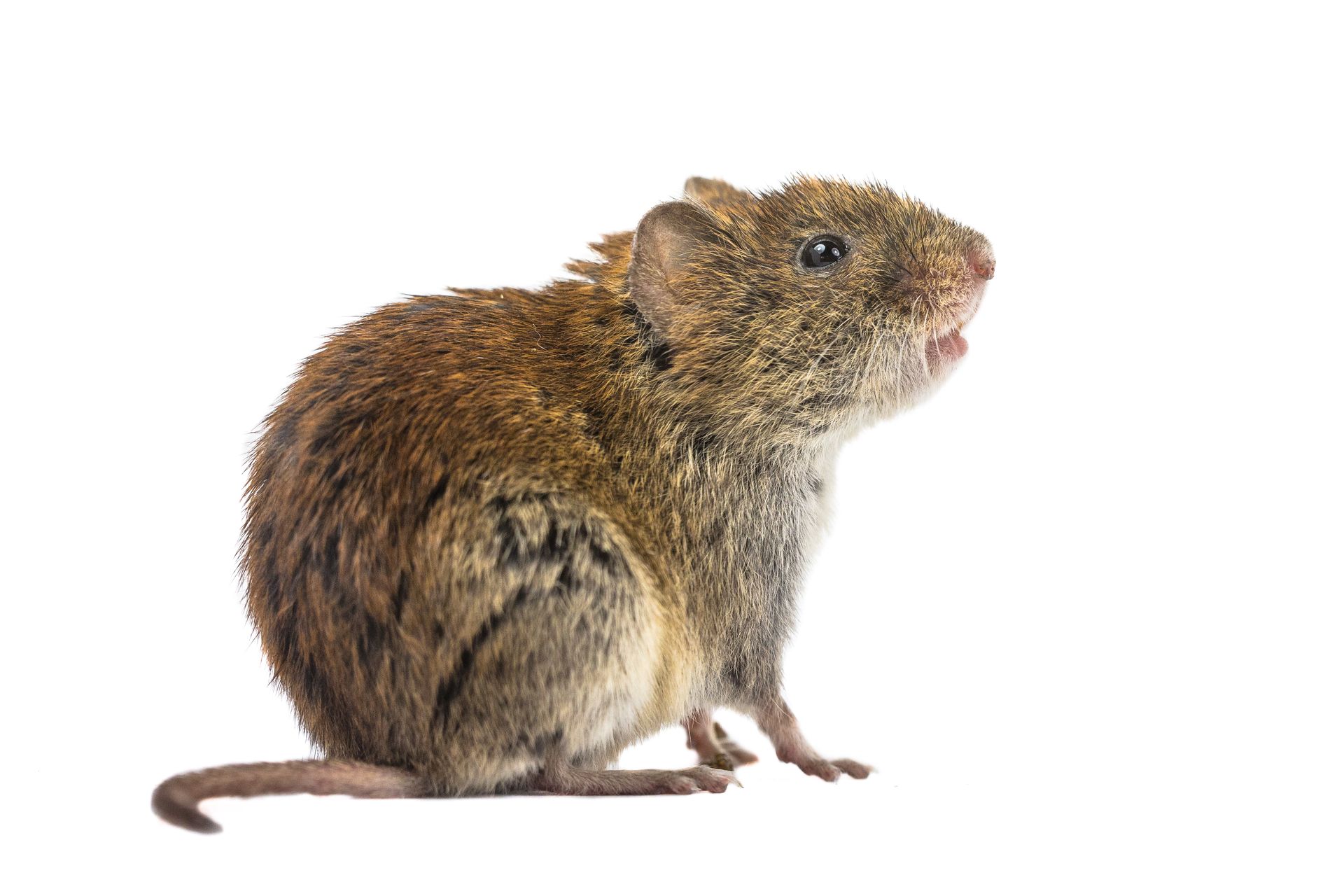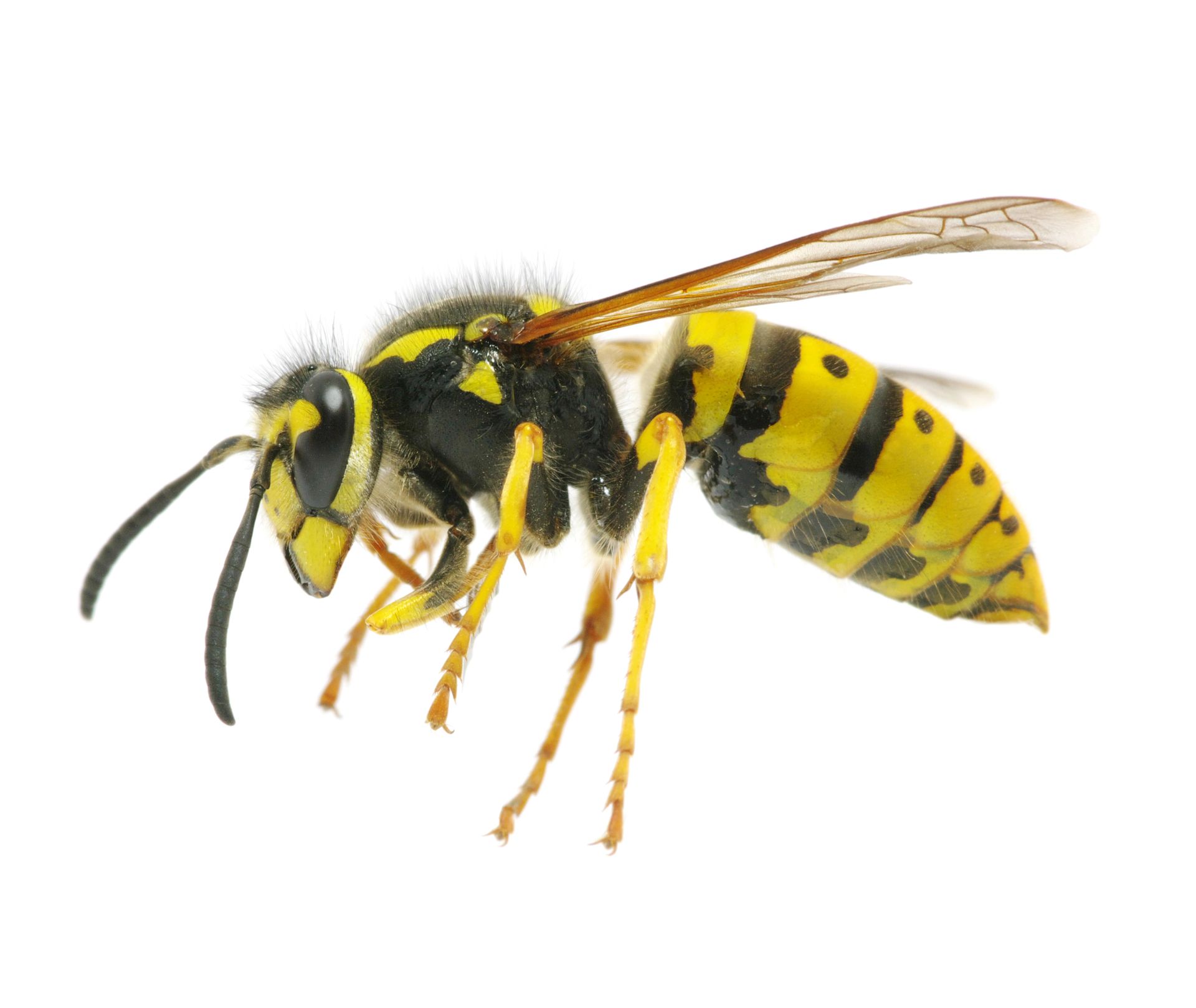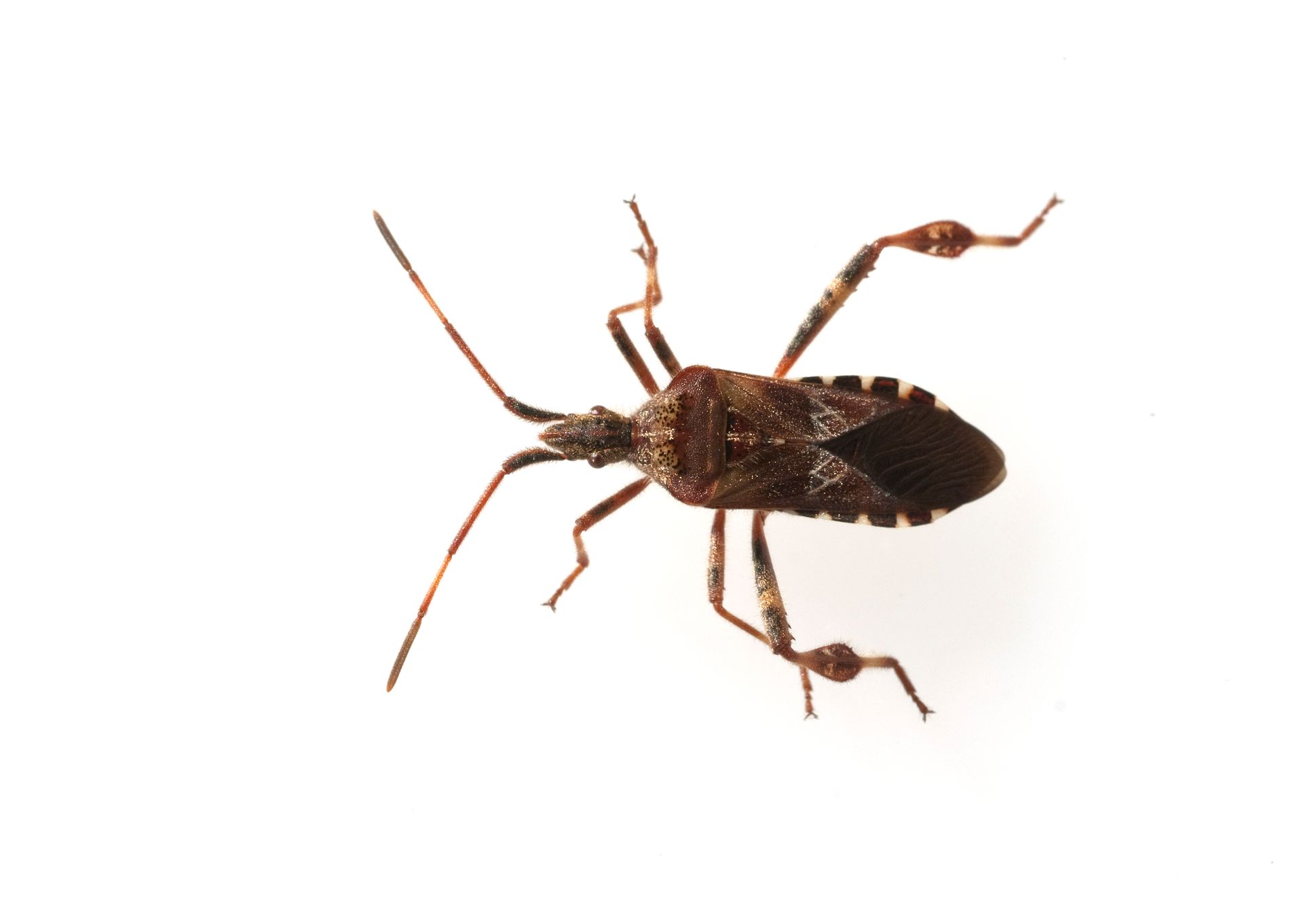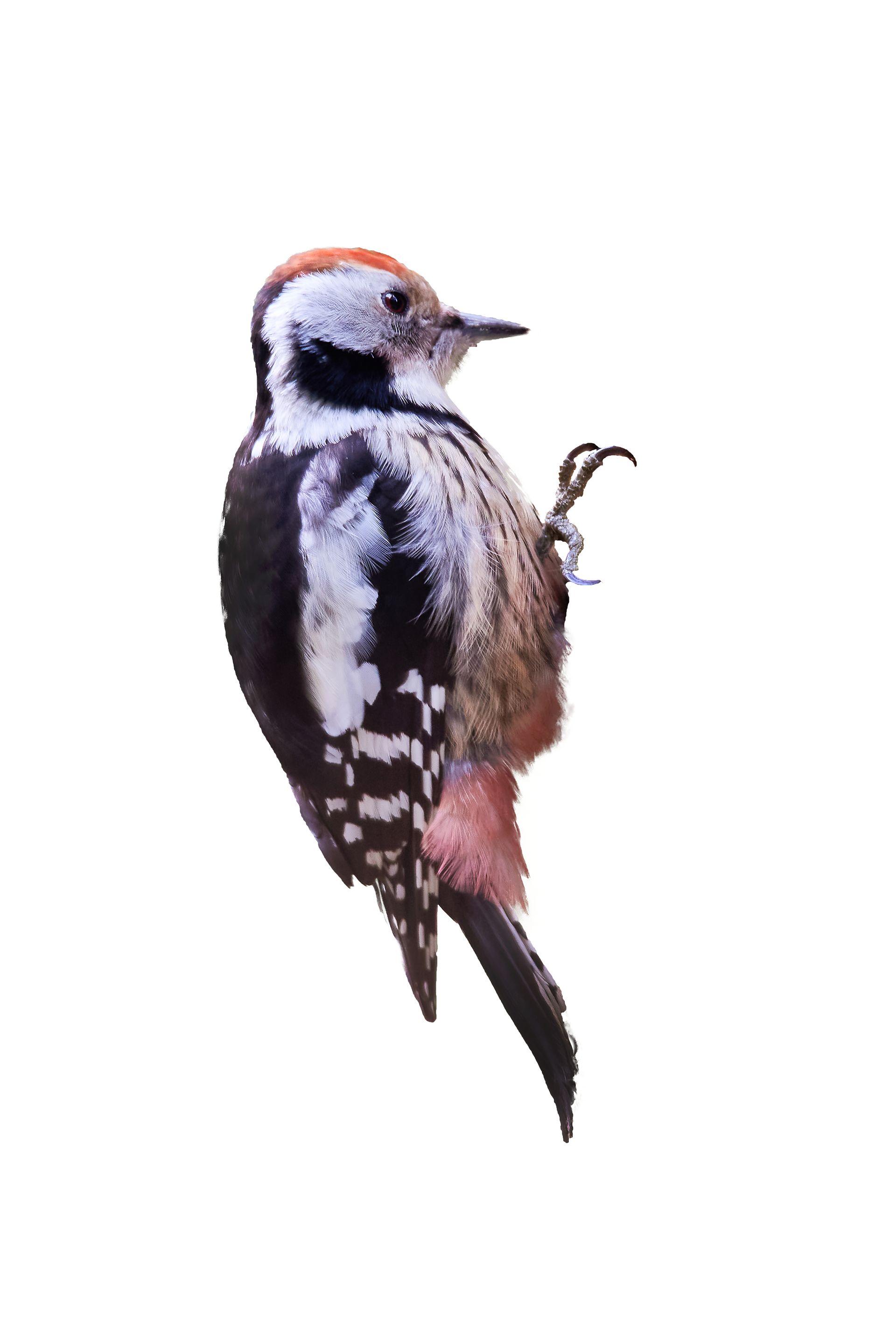Understanding Voles in Wisconsin
Voles, often referred to as meadow mice or field mice, are small rodents that can be found throughout Wisconsin. While they play a role in the ecosystem by serving as prey for larger animals and contributing to soil aeration, their presence on residential and commercial properties can lead to significant damage. Understanding where voles are typically found, what attracts them to homes and buildings, and why they are unsuitable for these environments is essential for effective management and prevention.
Common Vole Species in Wisconsin
Wisconsin is home to several species of voles, including:
Meadow Vole (Microtus pennsylvanicus): The most common vole species in Wisconsin, found in a variety of habitats.
Prairie Vole (Microtus ochrogaster): Typically found in grasslands and prairies.
Woodland Vole (Microtus pinetorum): Prefers wooded areas and is less common than the meadow and prairie voles.
Habitats and Locations
Voles in Wisconsin are typically found in:
Outdoors:
Grasslands and Meadows: Voles thrive in grassy areas where they can find ample food and cover.
Gardens and Yards: Residential gardens and yards provide abundant food sources and shelter for voles.
Woodlands: Woodland voles are found in forested areas with dense ground cover.
Agricultural Fields: Farmlands with crops and cover crops can attract large vole populations.
Indoors (Occasionally):
Basements and Crawl Spaces: Voles may occasionally enter basements and crawl spaces seeking shelter and food, particularly during the colder months.
Garages and Sheds: These structures can provide temporary shelter for voles, especially if they contain stored food or materials that attract insects.
Attractions in Homes and Buildings
Voles are attracted to homes and buildings for several reasons:
Food Sources: Voles feed on a variety of plants, including grasses, roots, bulbs, and seeds. Properties with gardens, landscaping, and accessible food sources are particularly attractive.
Shelter: Homes and buildings provide warm, protected environments that offer shelter from predators and harsh weather conditions.
Cover: Voles are attracted to areas with dense vegetation, mulch, and debris, which provide cover and protection from predators.
Why Voles Are Not Suitable for Homes and Buildings
While voles are beneficial in natural ecosystems, their presence in residential and commercial properties is highly undesirable for several reasons:
Property Damage:
Vegetation Damage: Voles feed on the roots, bulbs, and stems of plants, causing significant damage to gardens, lawns, and landscaping.
Burrowing: Voles create extensive tunnel systems that can undermine soil structure, damage plant roots, and create unsightly runways and holes in lawns.
Tree and Shrub Damage: Voles can girdle trees and shrubs by gnawing on the bark, leading to plant stress and death.
Contamination:
Droppings and Urine: Voles can contaminate food supplies and surfaces with their droppings and urine, creating unsanitary conditions.
Health Risks:
Disease Transmission: Voles can carry diseases such as hantavirus and tularemia, which can be transmitted to humans through contact with droppings, urine, or bites.
Parasites: Voles can harbor parasites like fleas and ticks, which can infest homes and pose additional health risks.
Nuisance:
Frequent Sightings: Seeing voles in and around homes can be unsettling for residents and indicate larger infestations.
Persistent Problems: Voles reproduce quickly, and their populations can grow rapidly if not promptly addressed, leading to persistent and worsening issues.
Prevention and Control
To prevent and control vole infestations in homes and buildings, consider the following strategies:
Habitat Modification:
Remove Debris: Clear away piles of leaves, grass clippings, and other debris that provide cover for voles.
Maintain Landscaping: Keep grass mowed and vegetation trimmed to reduce cover and food sources for voles.
Mulch Management: Avoid using thick layers of mulch, which can provide ideal habitats for voles.
Exclude Voles:
Seal Entry Points: Inspect and seal any cracks and gaps around foundations, windows, and doors to prevent voles from entering.
Use Hardware Cloth: Install hardware cloth or wire mesh around the base of trees, shrubs, and garden beds to protect them from voles.
Use Traps and Baits:
Vole Traps: Set live or snap traps in areas where vole activity is suspected, such as near runways and burrow entrances.
Bait Stations: Use bait stations with rodenticides specifically labeled for voles, following all safety guidelines and instructions.
Natural Predators:
Encourage Predators: Encourage natural vole predators, such as owls, hawks, and snakes, by providing suitable habitats like owl boxes and perches.
Professional Pest Control:
Inspection and Treatment: For severe infestations, contact a professional pest control service like BugBoss The X-Terminator for comprehensive vole management. Professionals can identify entry points and apply targeted treatments.
Ongoing Prevention: Regular follow-up treatments and inspections help ensure that voles do not return.
Understanding the habits and risks associated with voles in Wisconsin is crucial for keeping your property free from these pests. If you suspect a vole problem, taking swift action can prevent further issues and ensure a healthy and attractive landscape. Trust BugBoss The X-Terminator to provide expert advice and effective vole control solutions tailored to your needs.
Local Pests & Wildlife in Wisconsin

